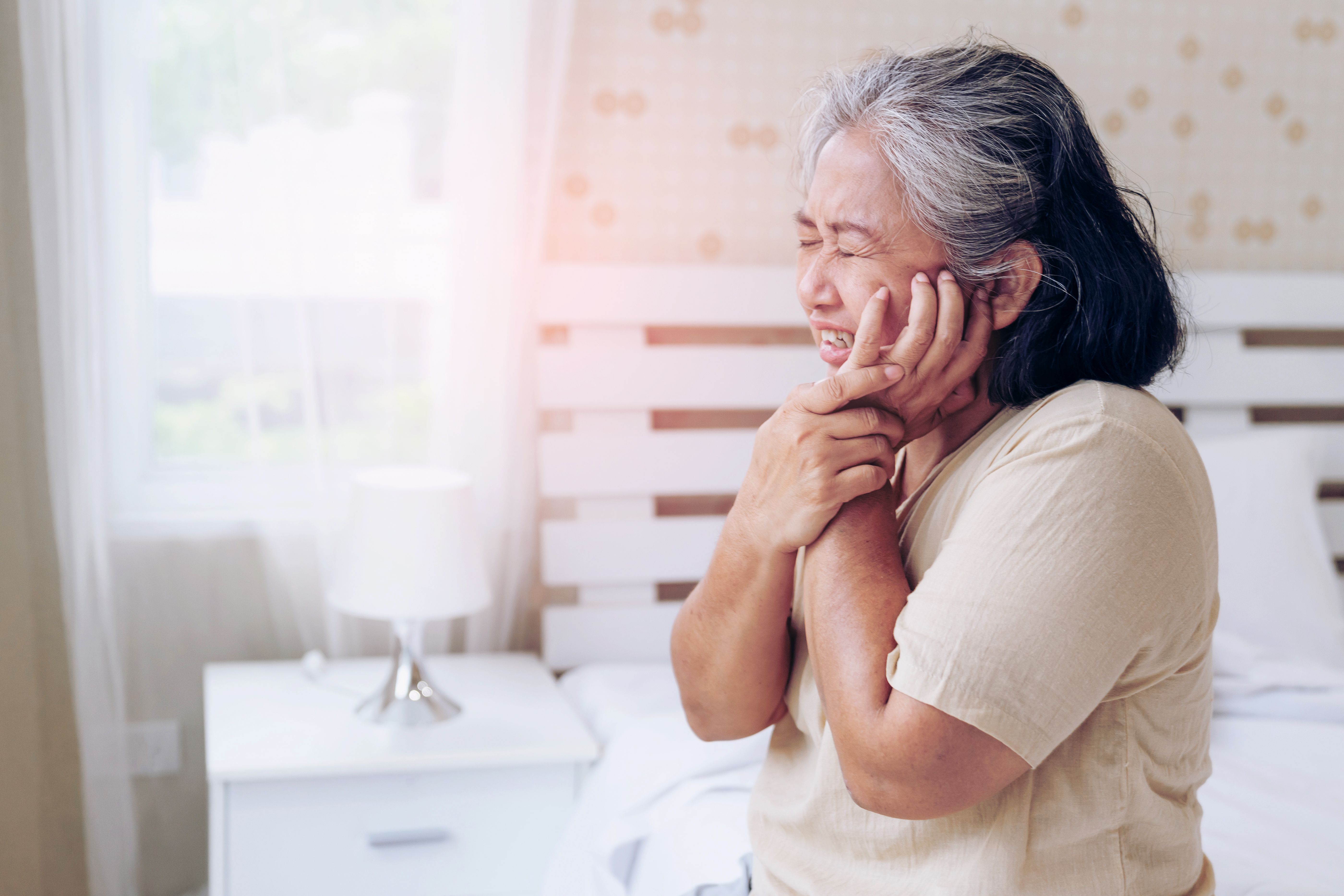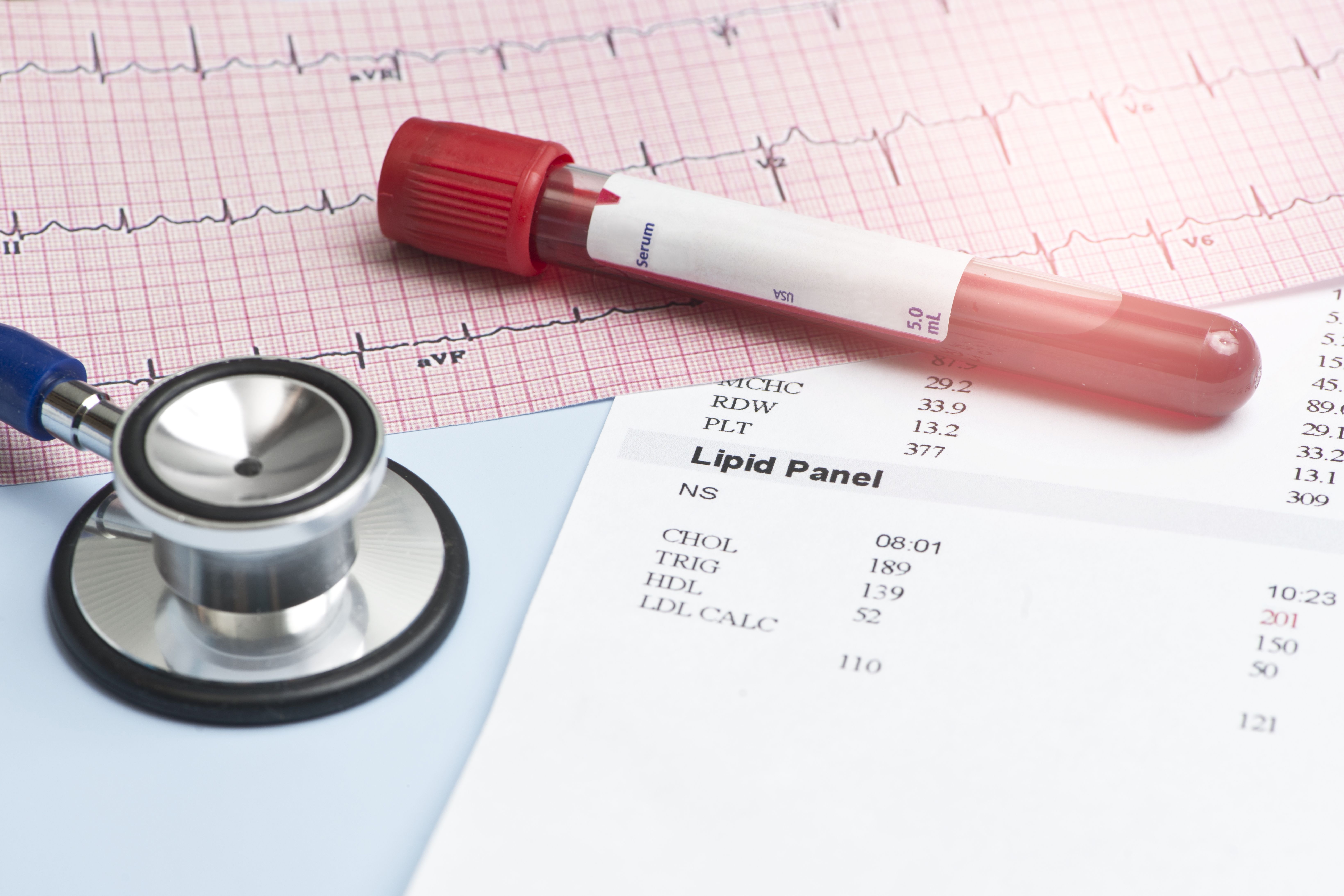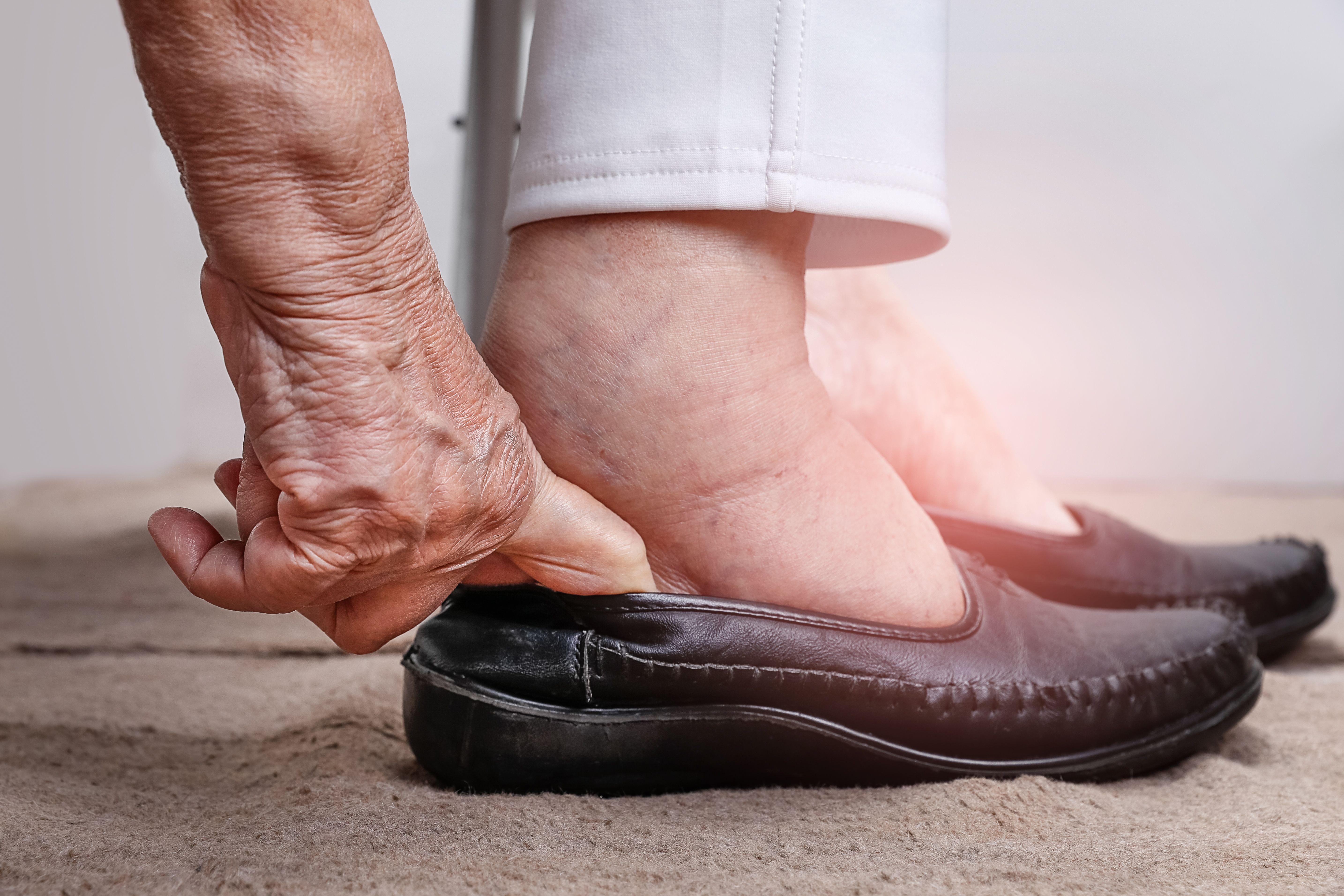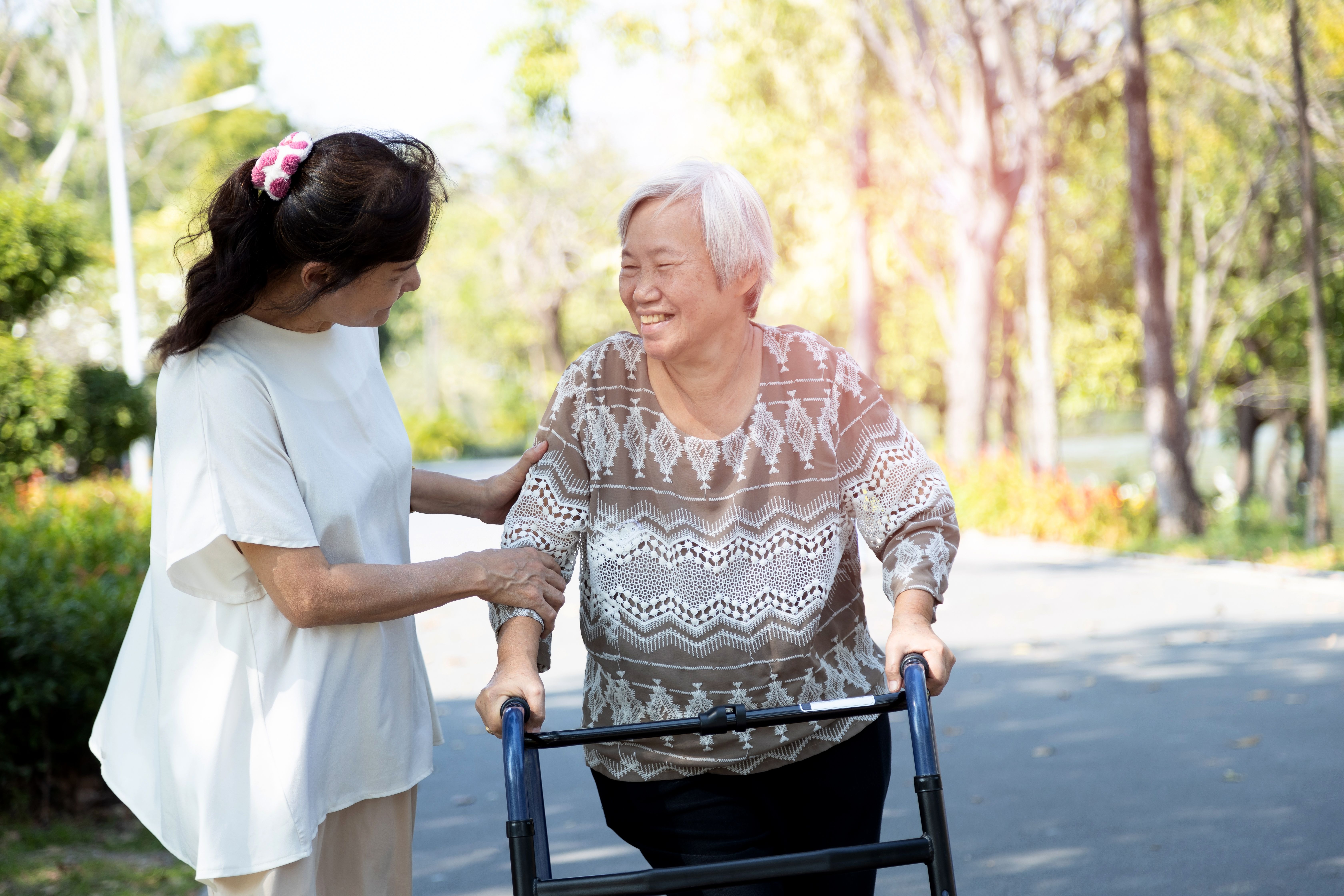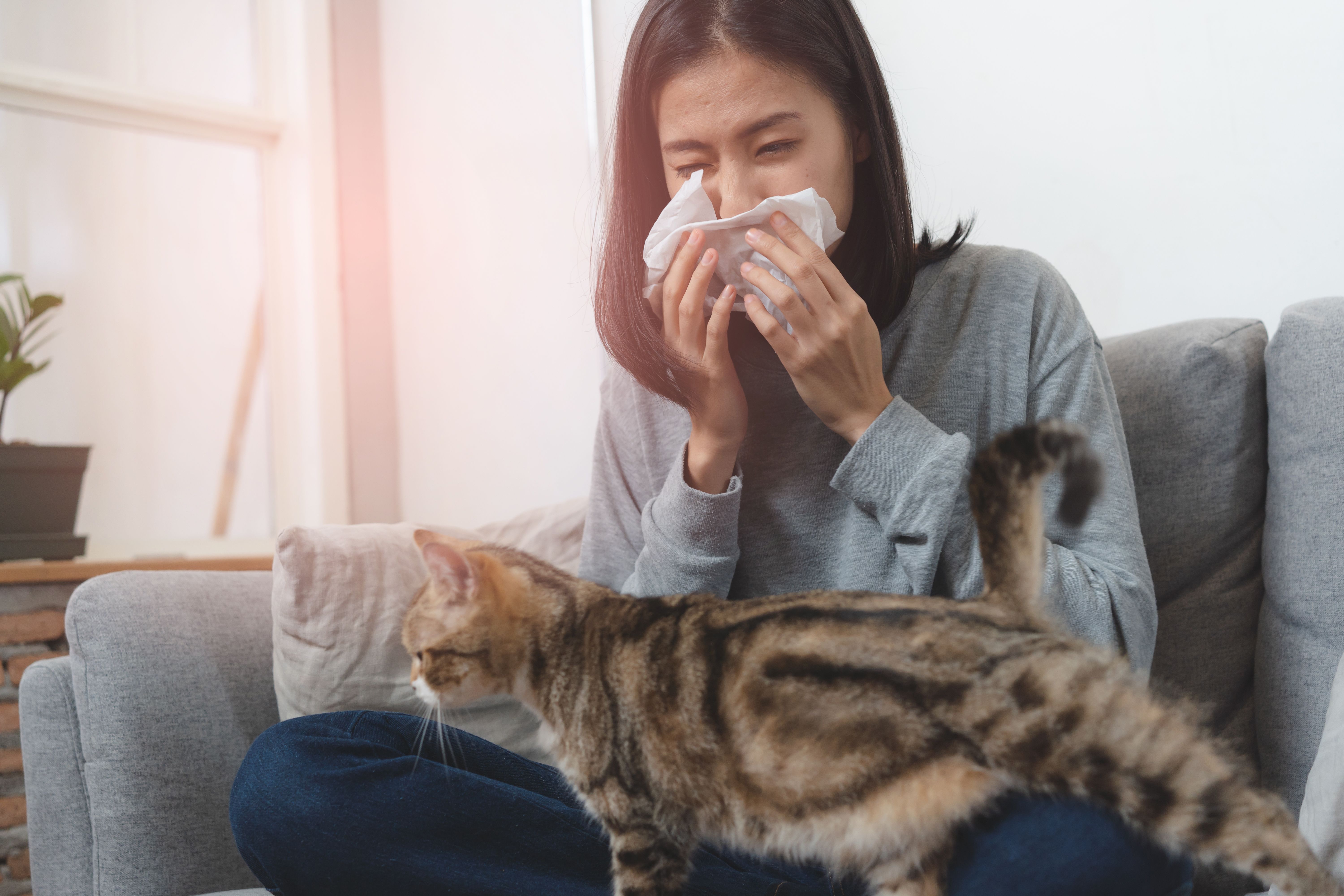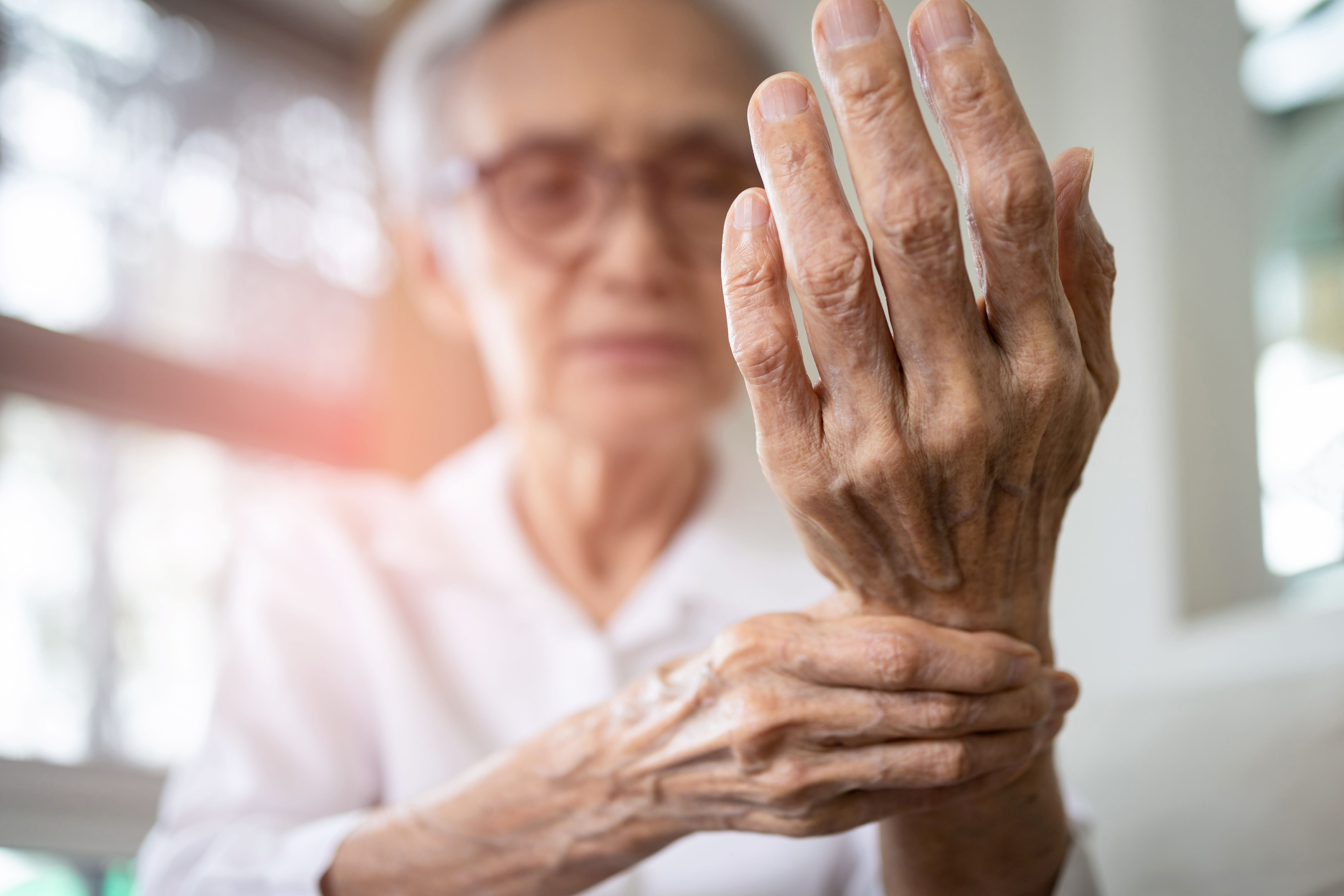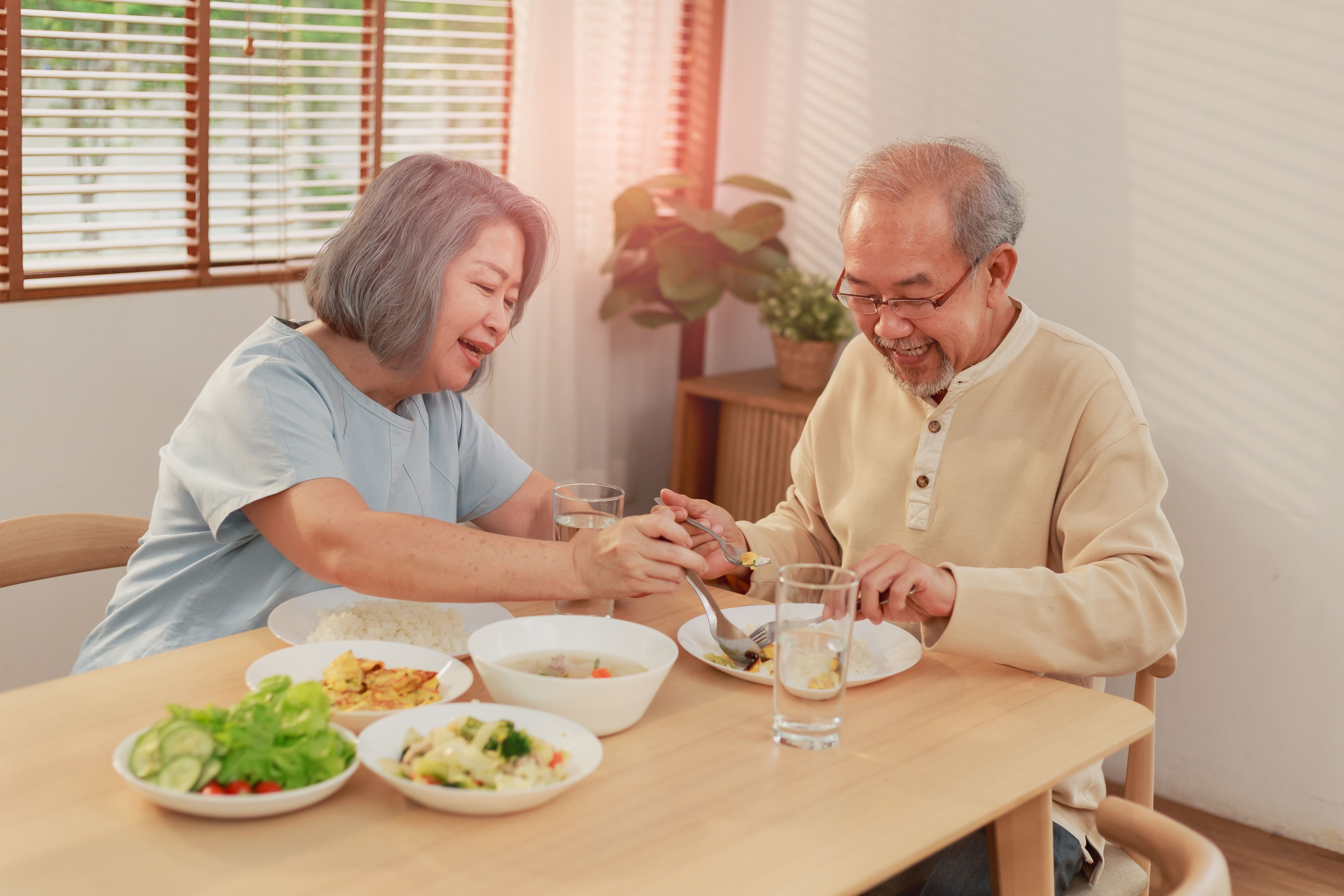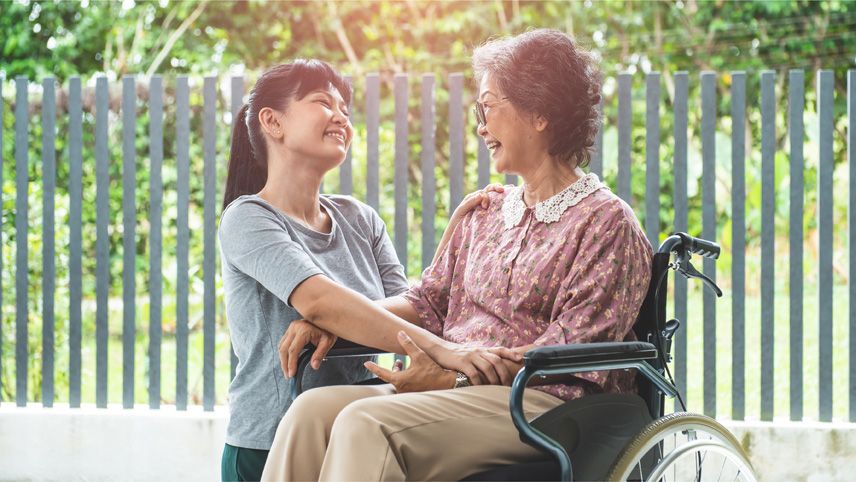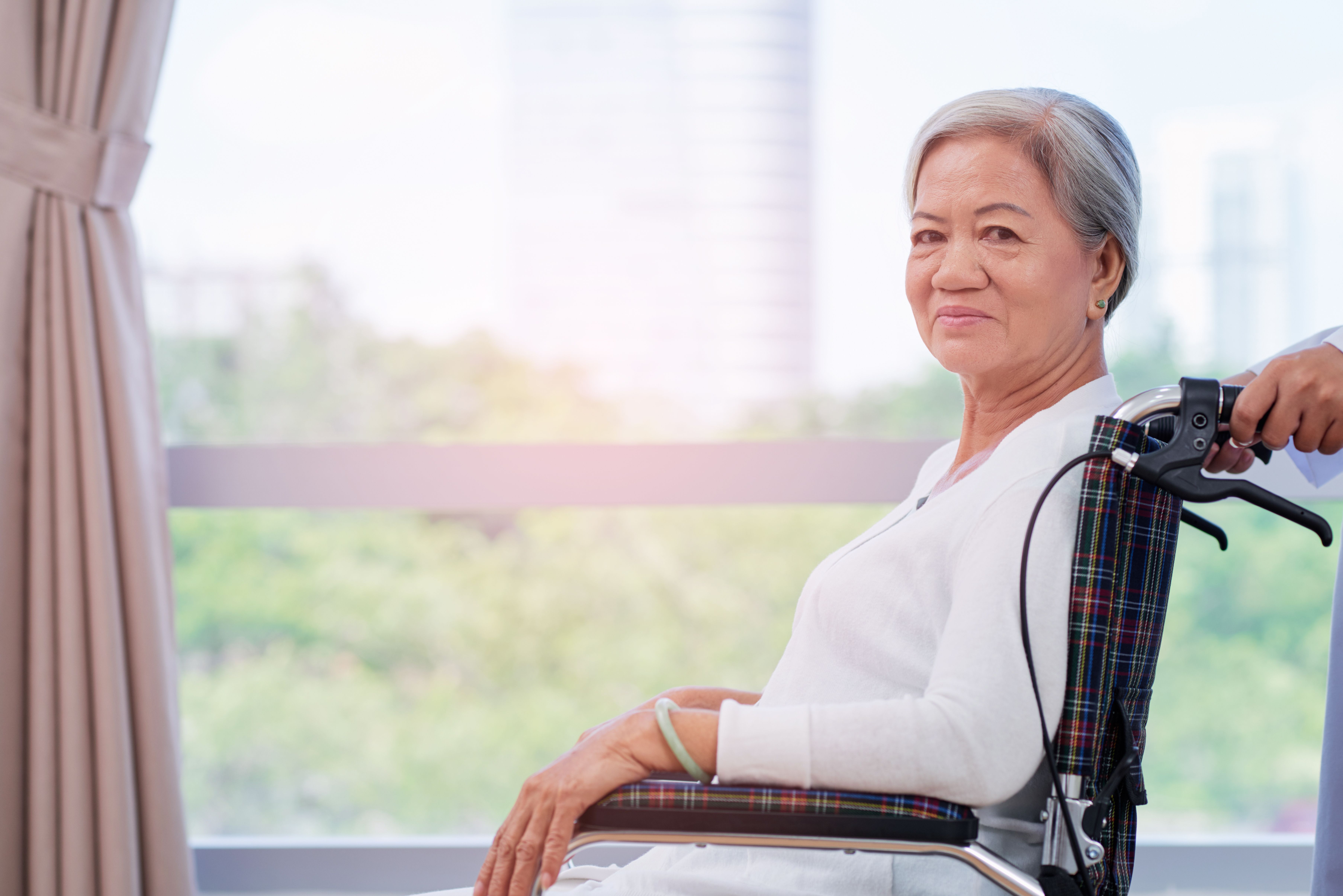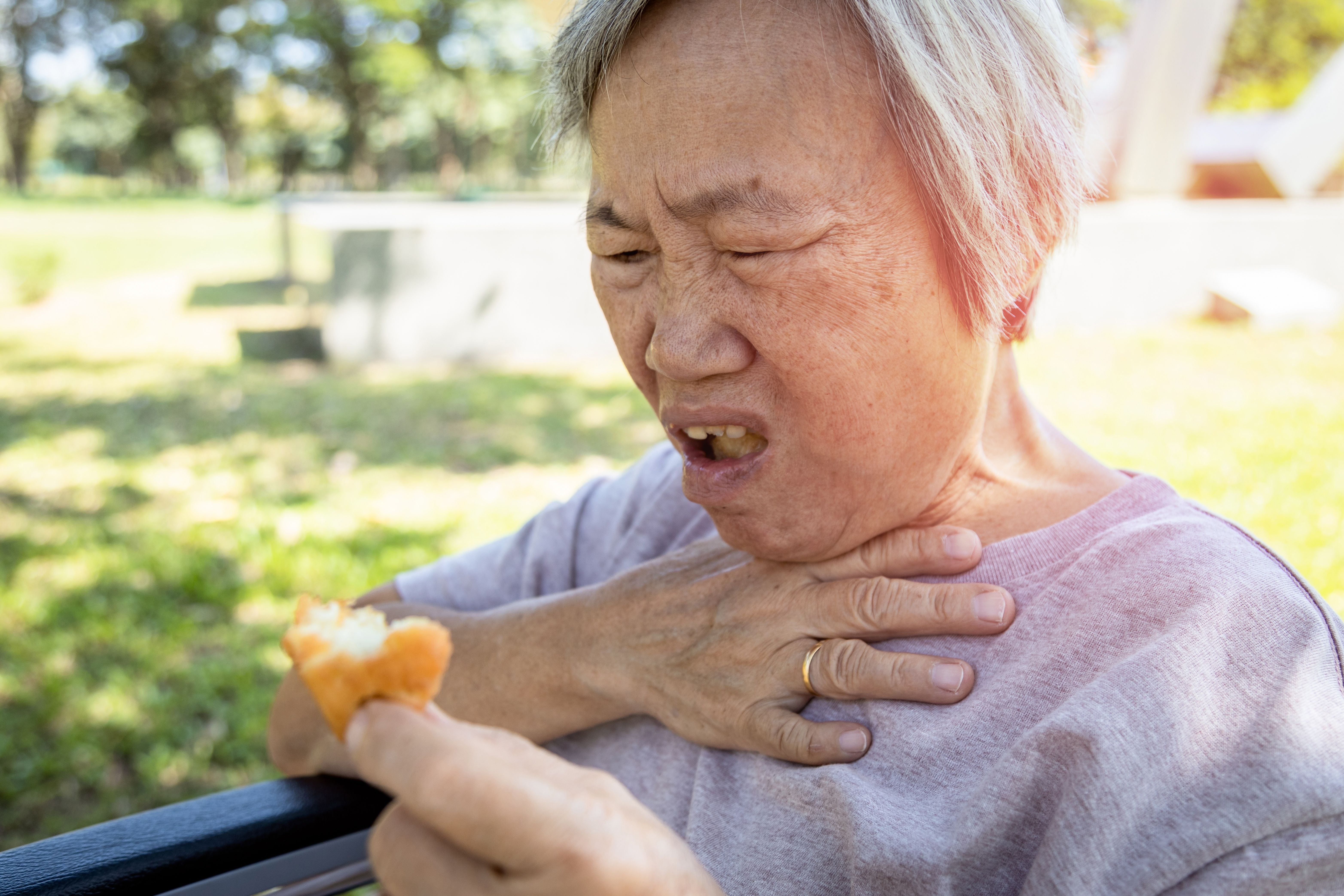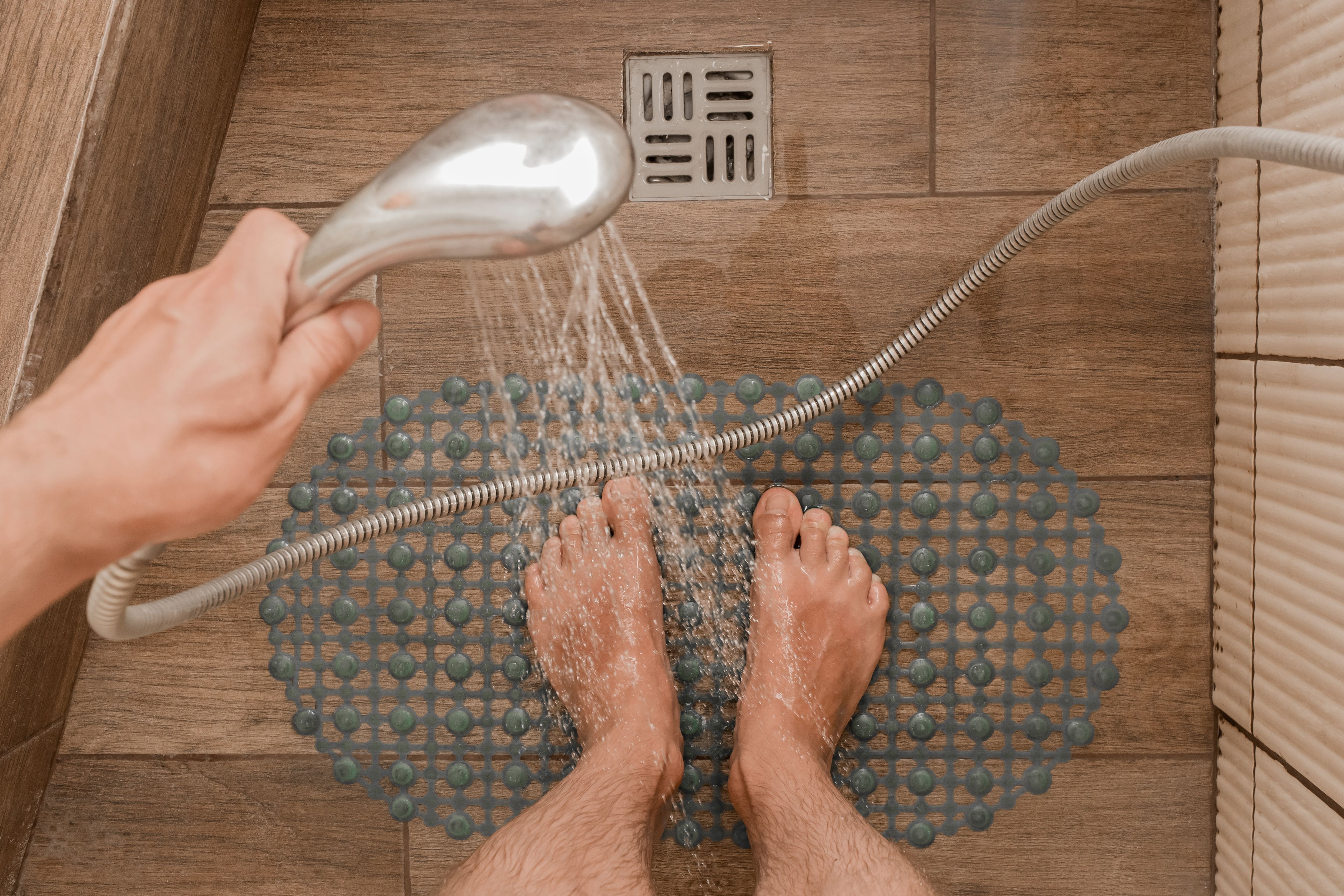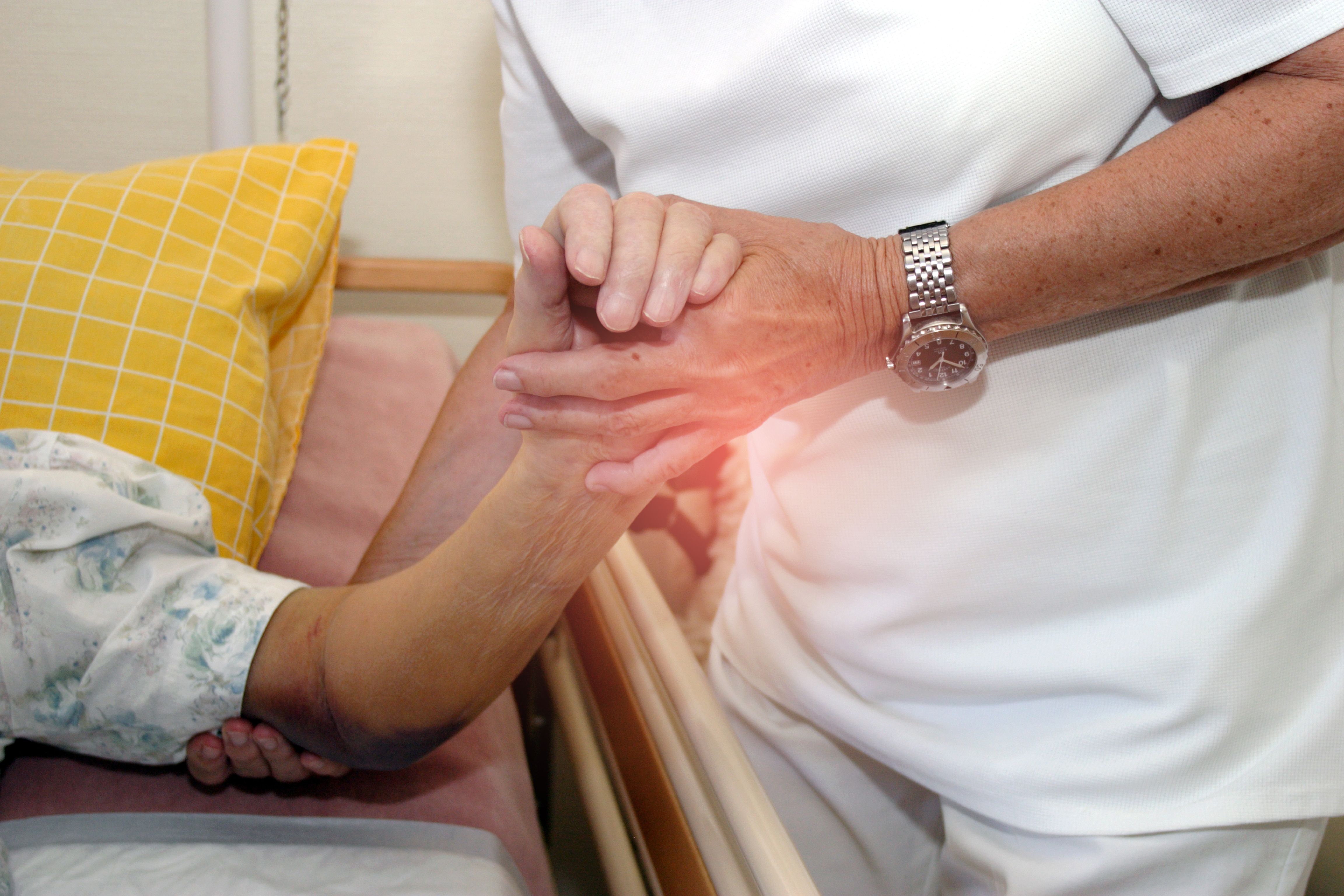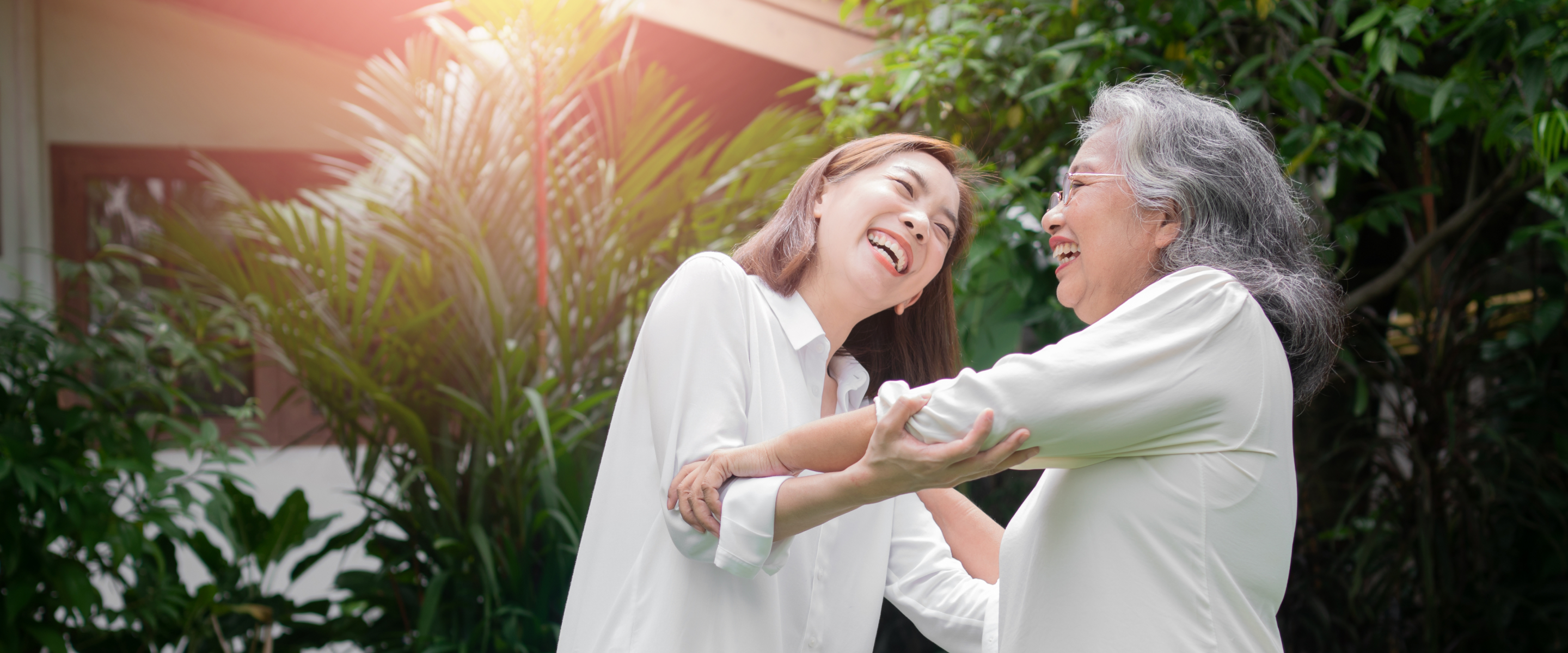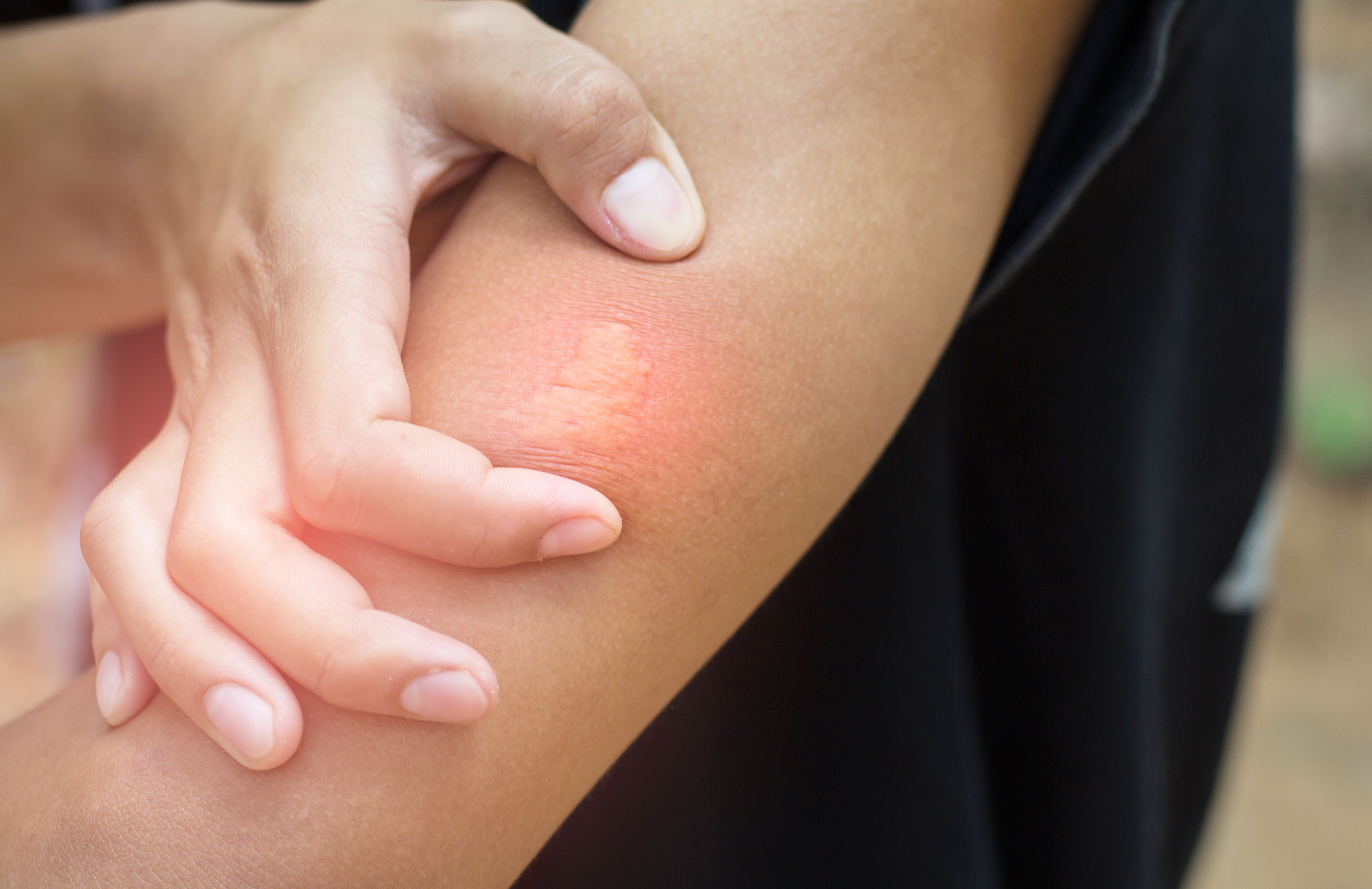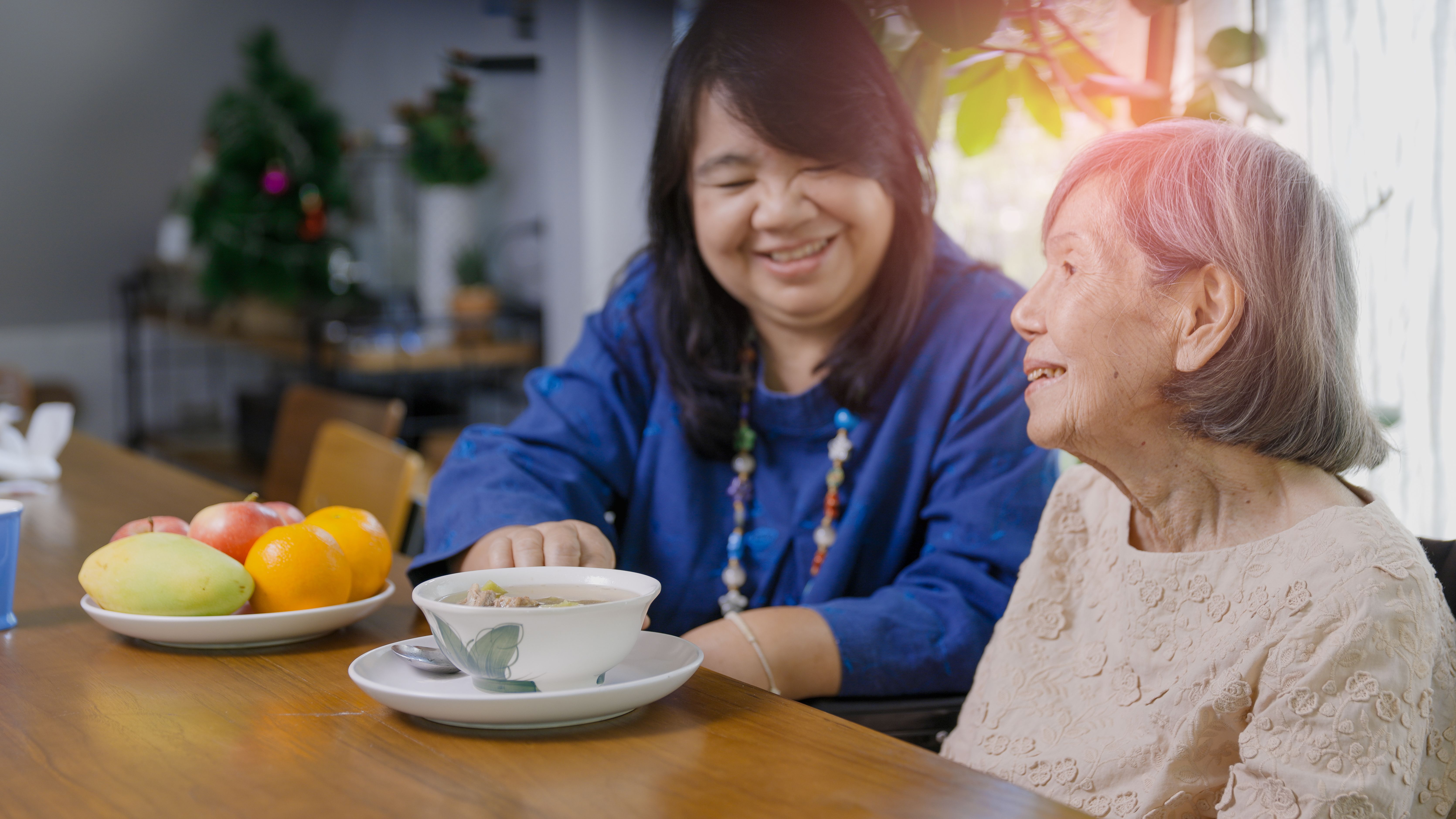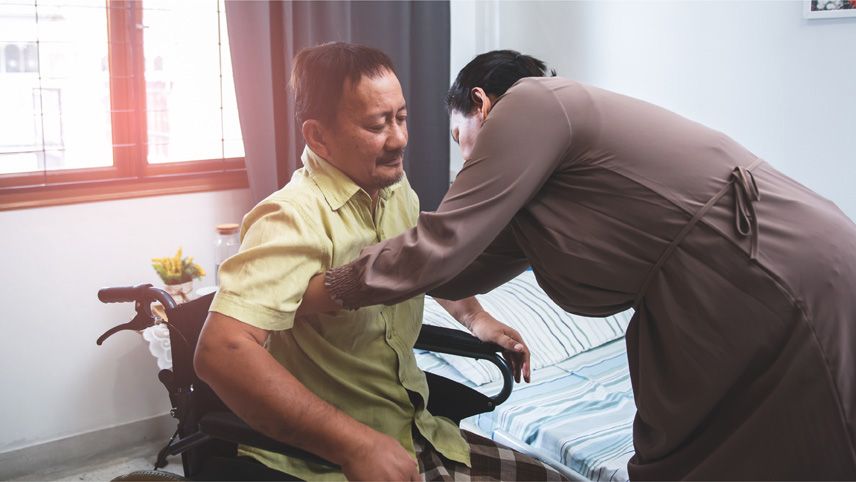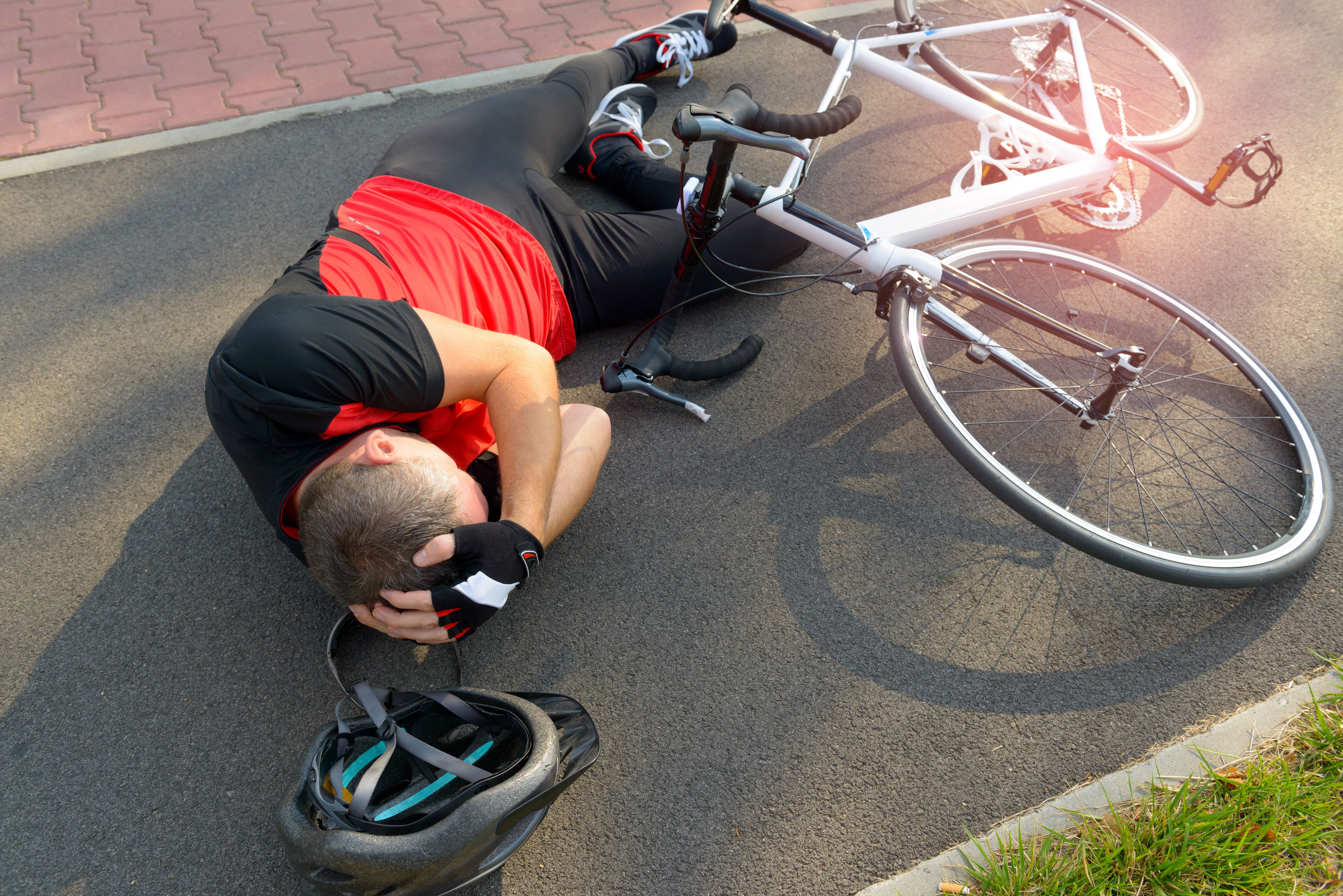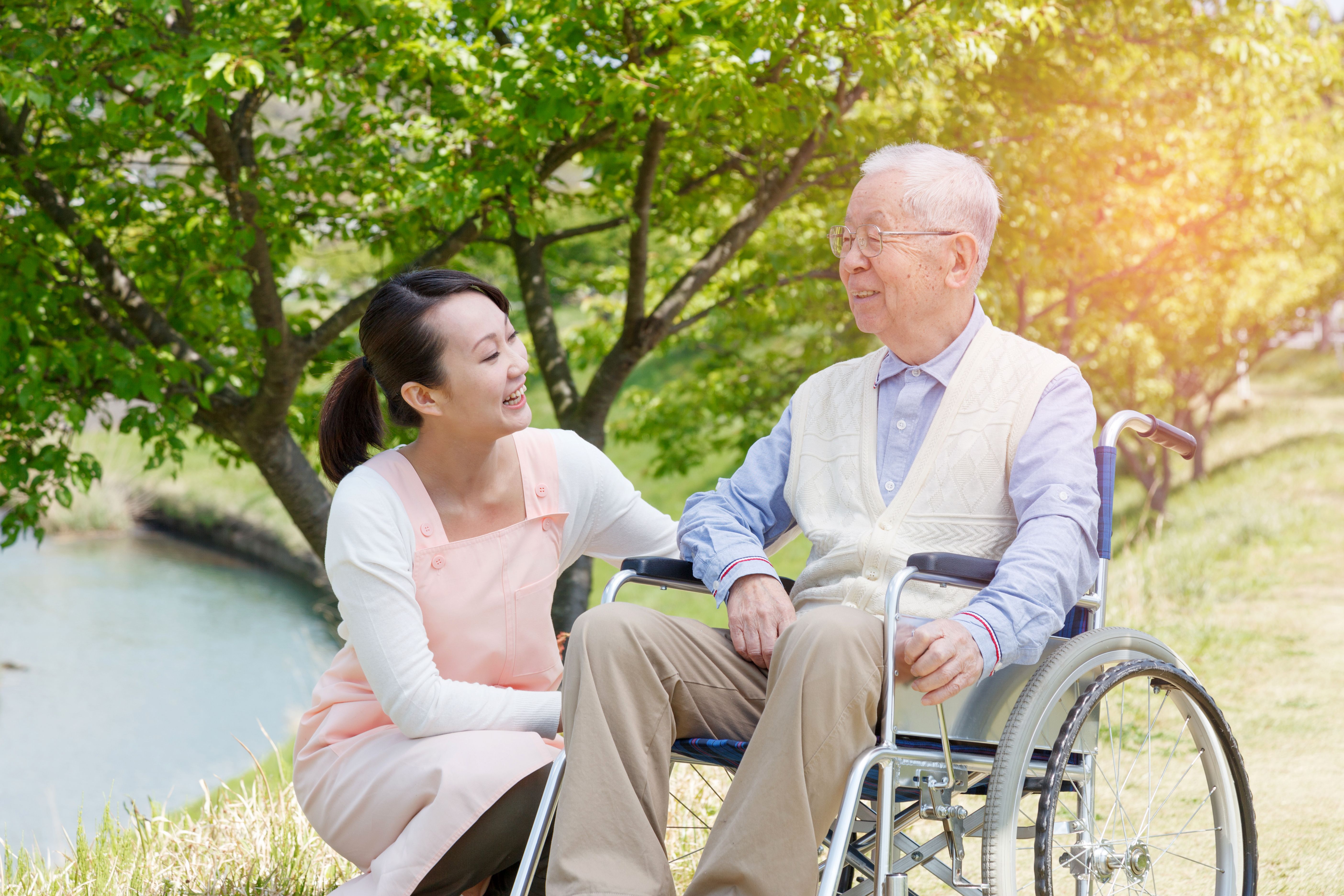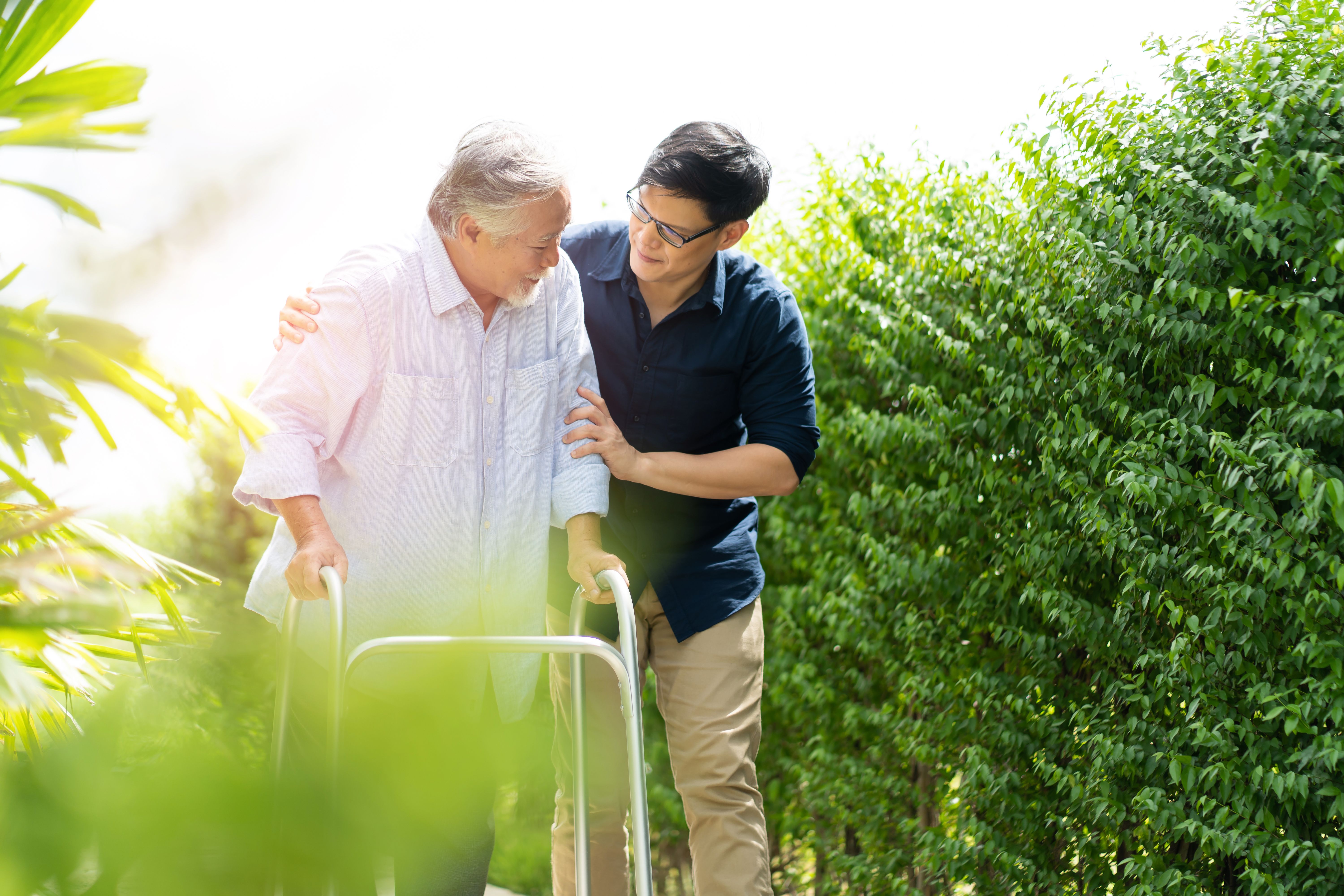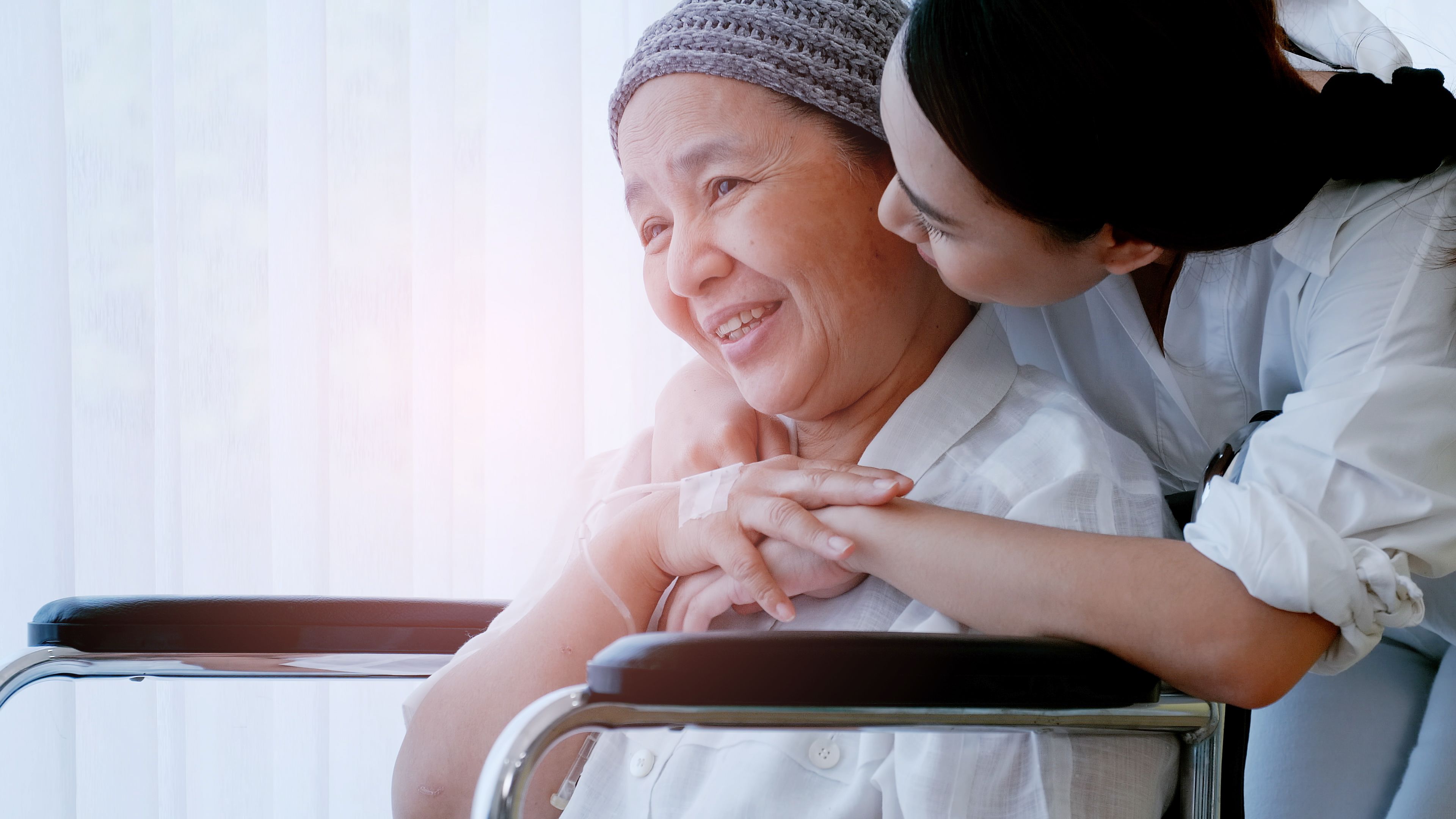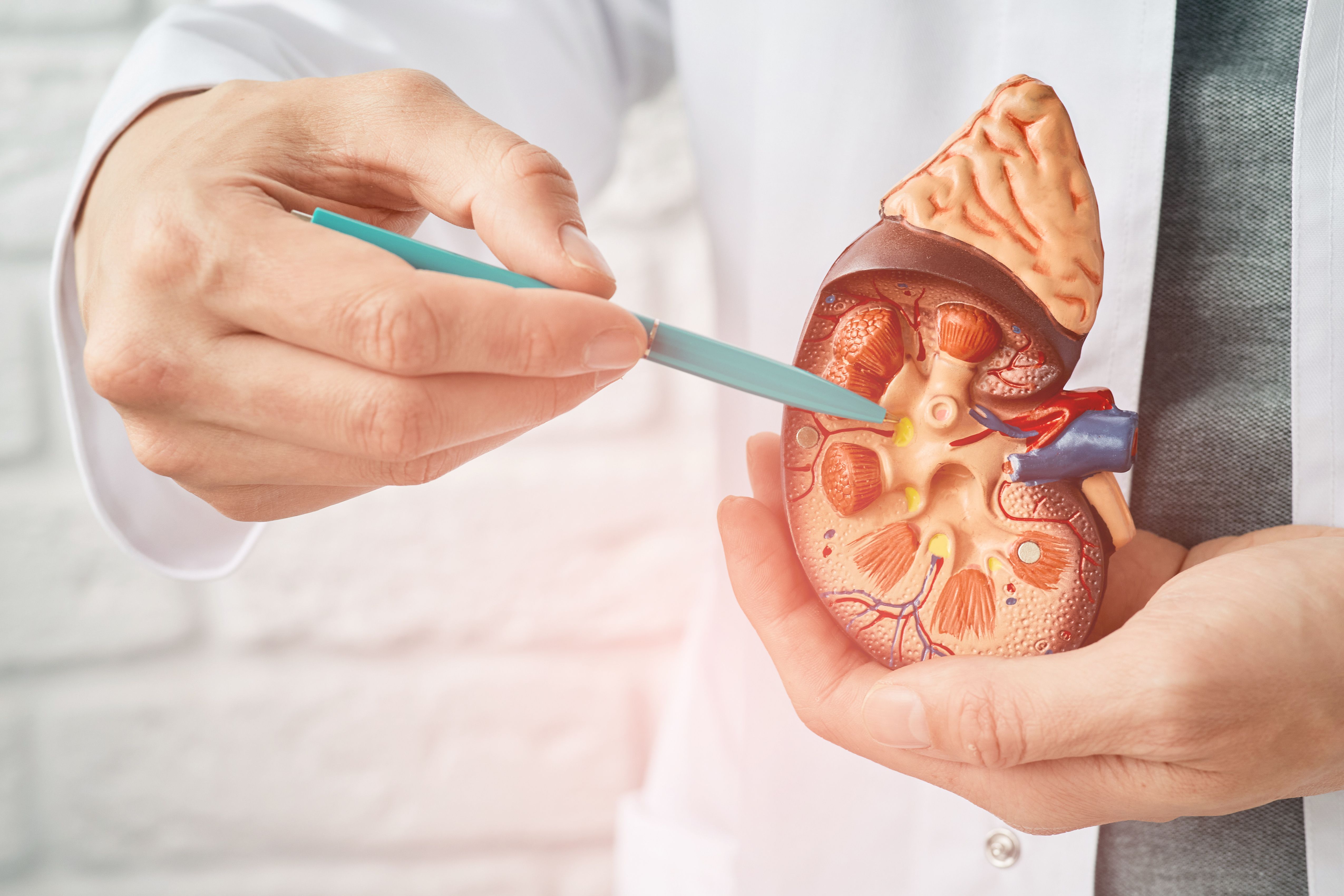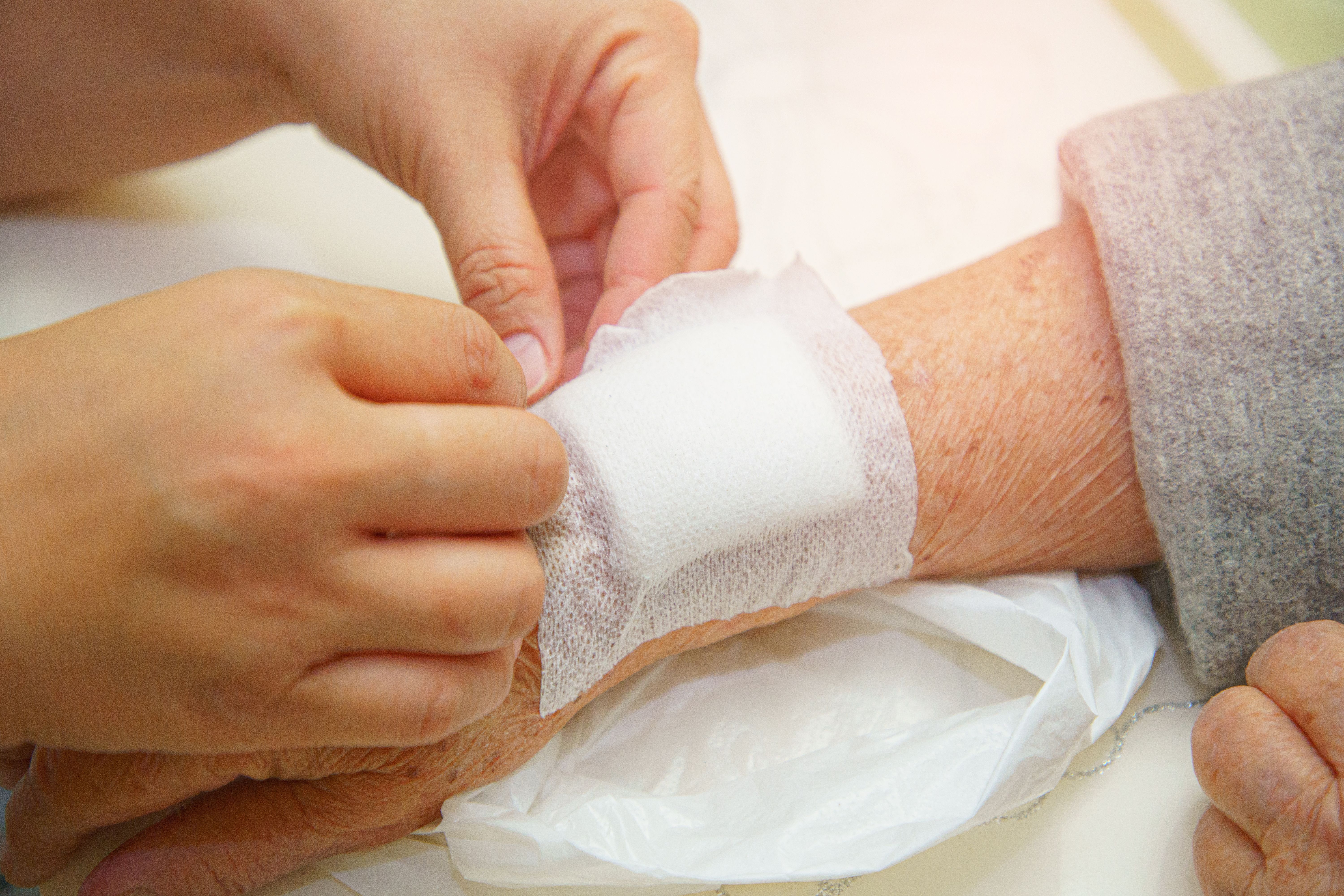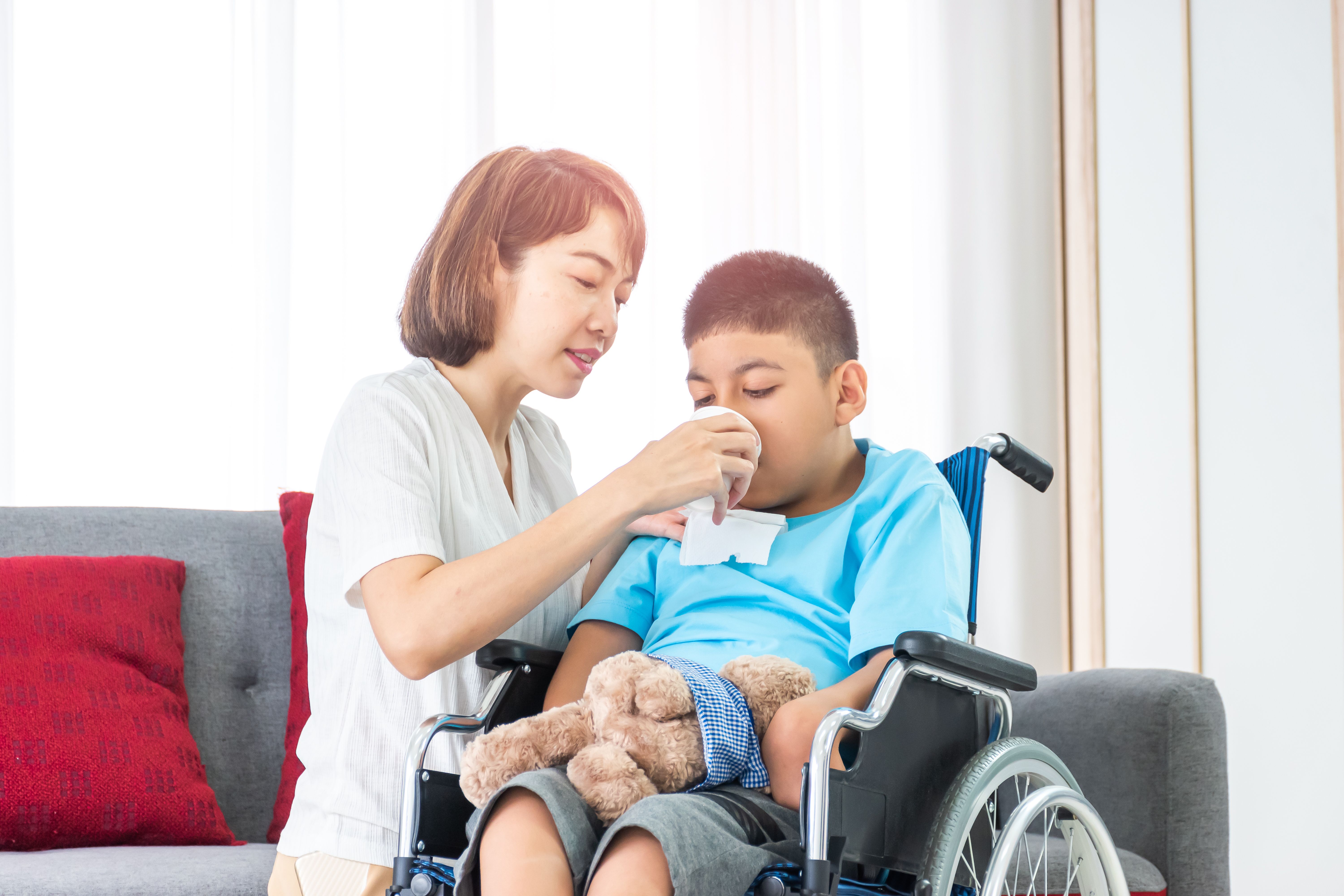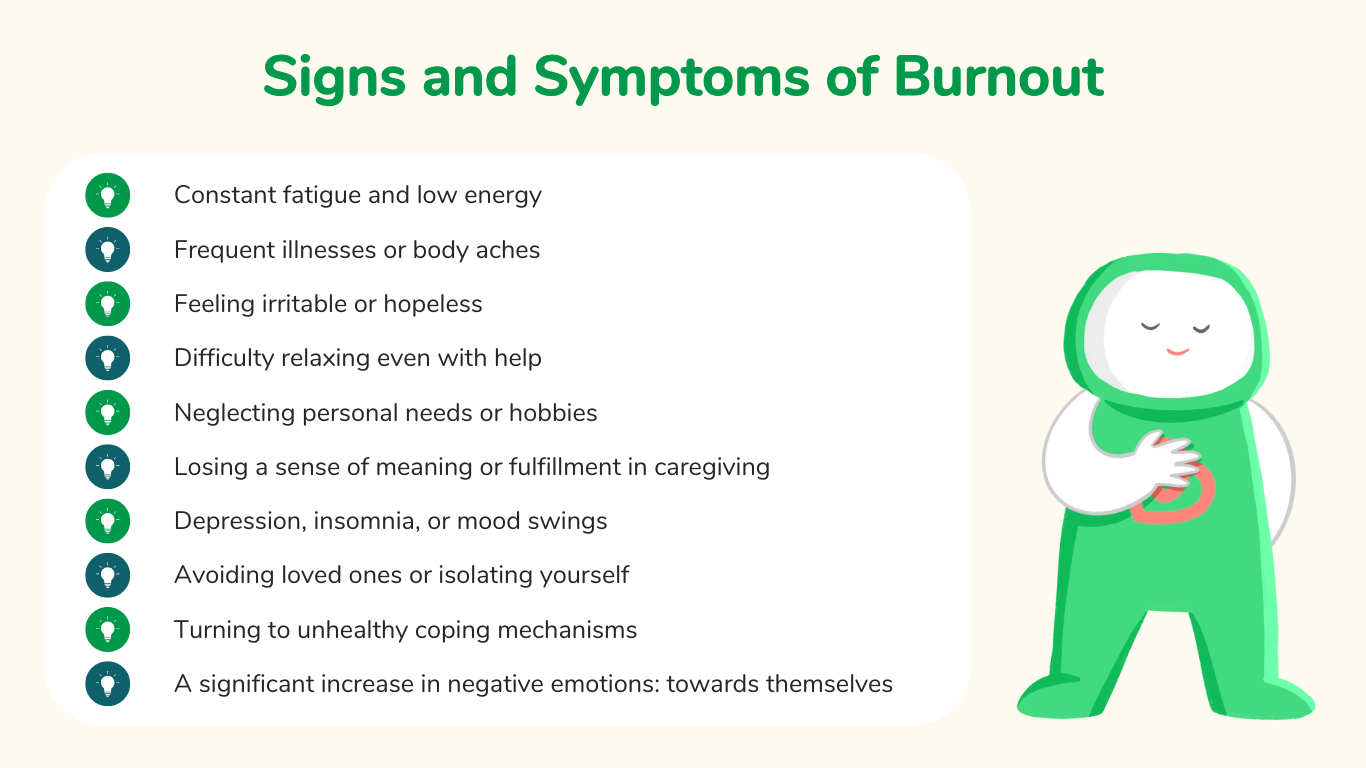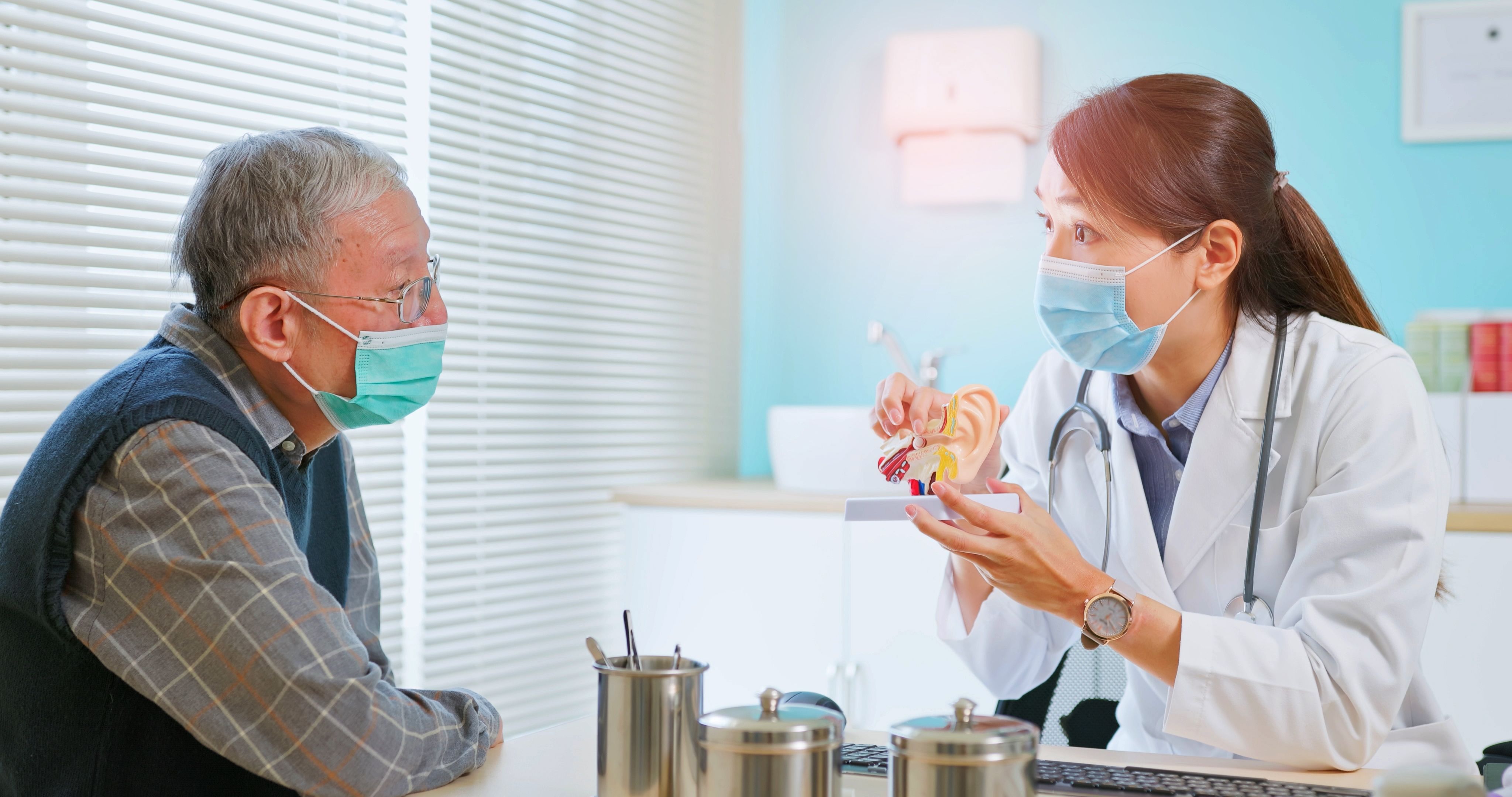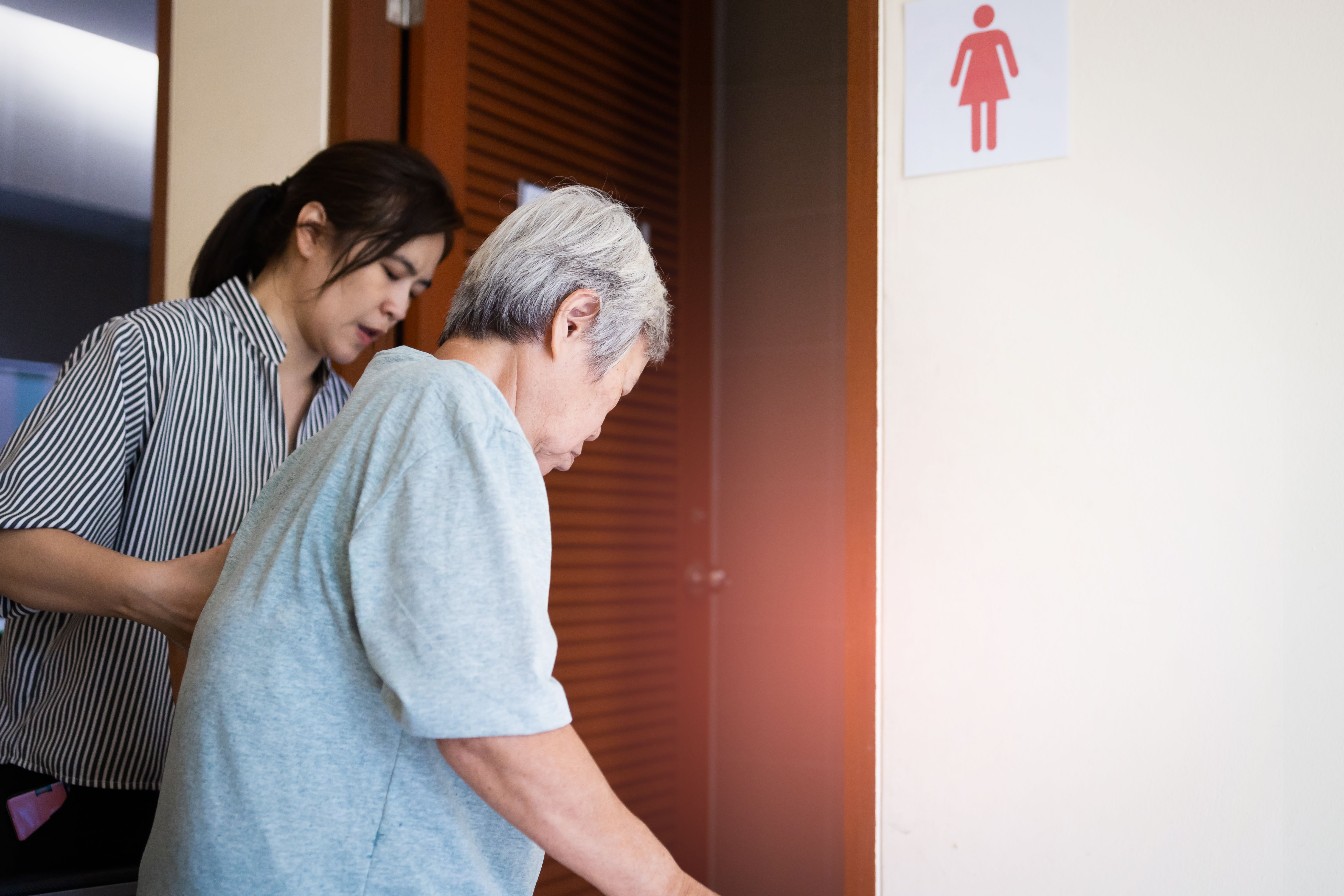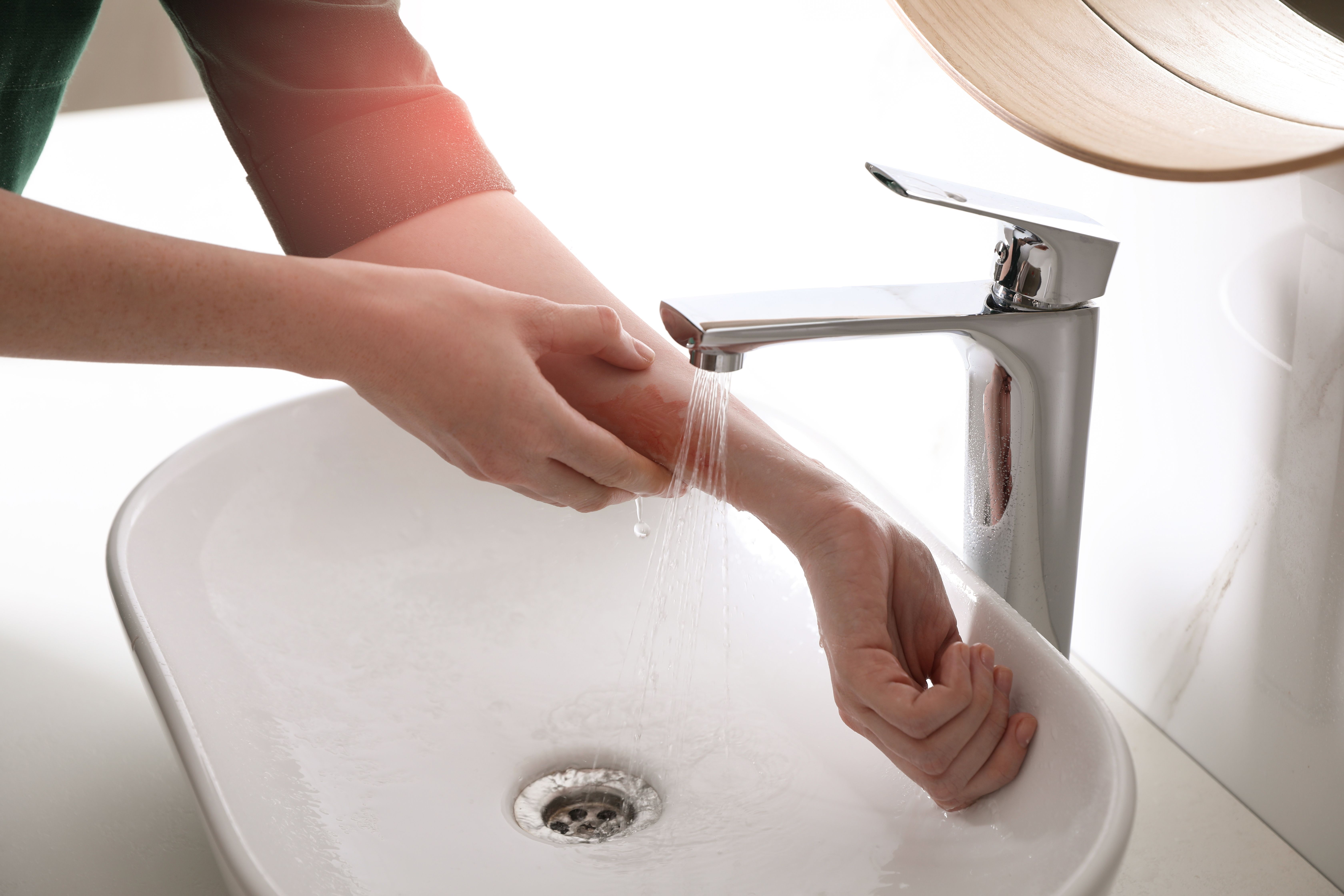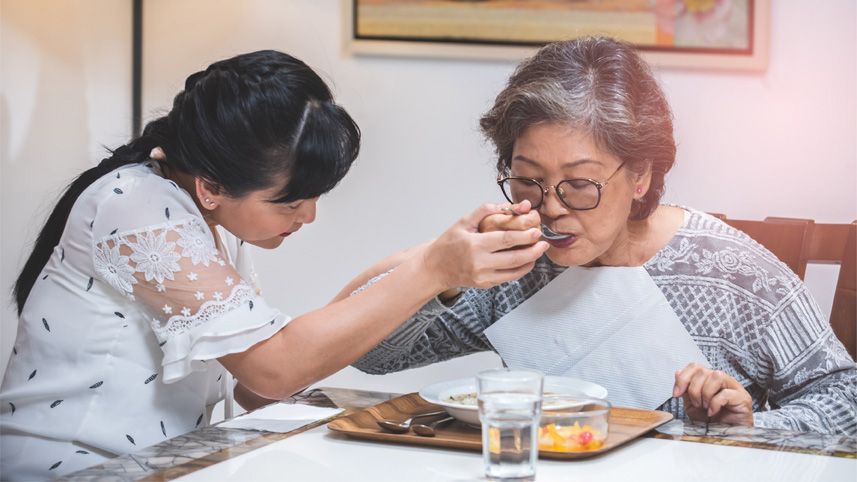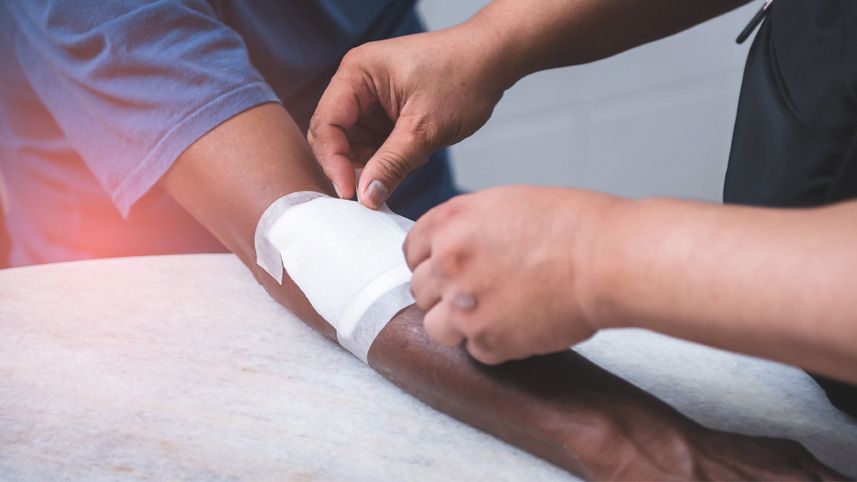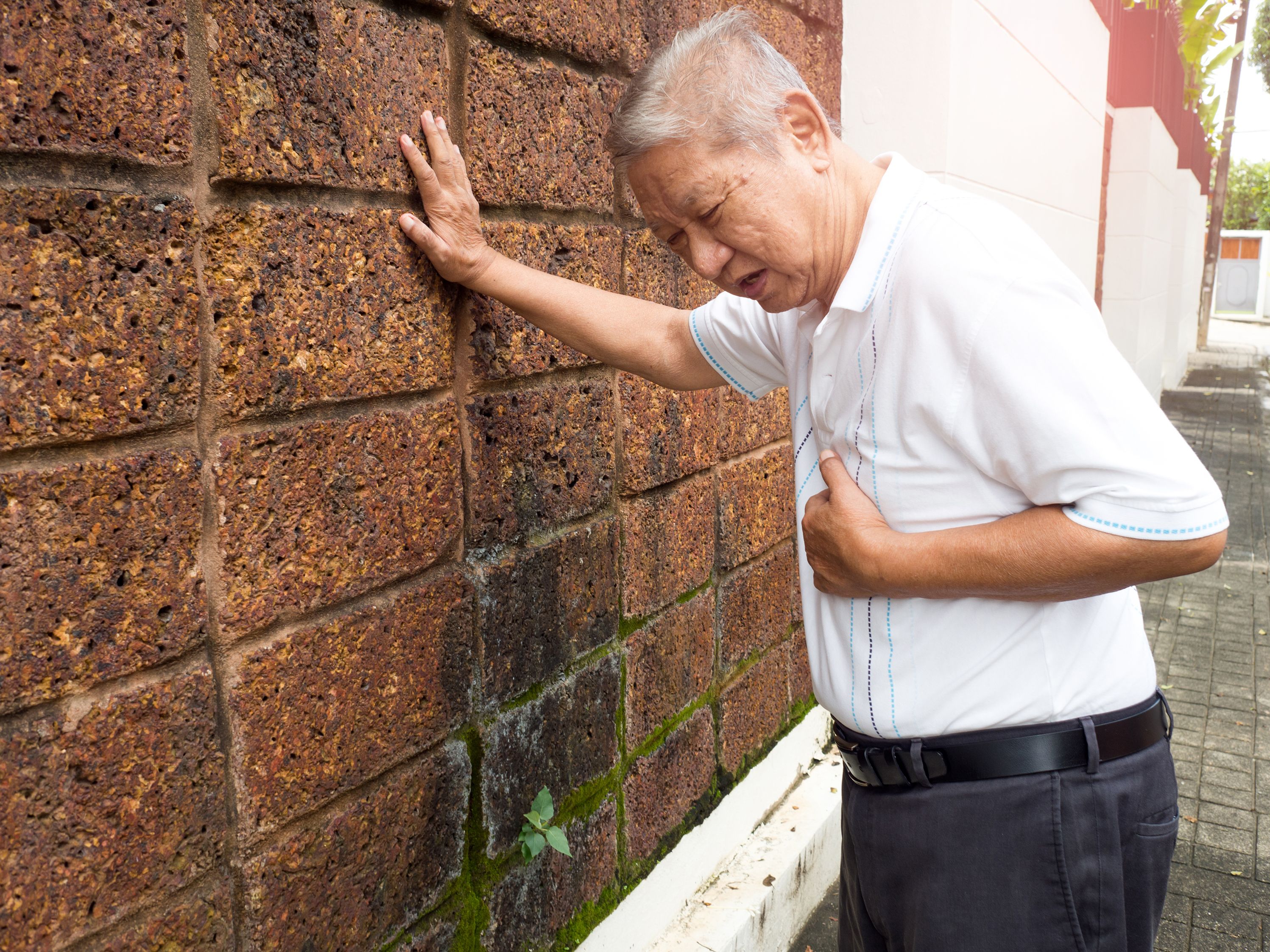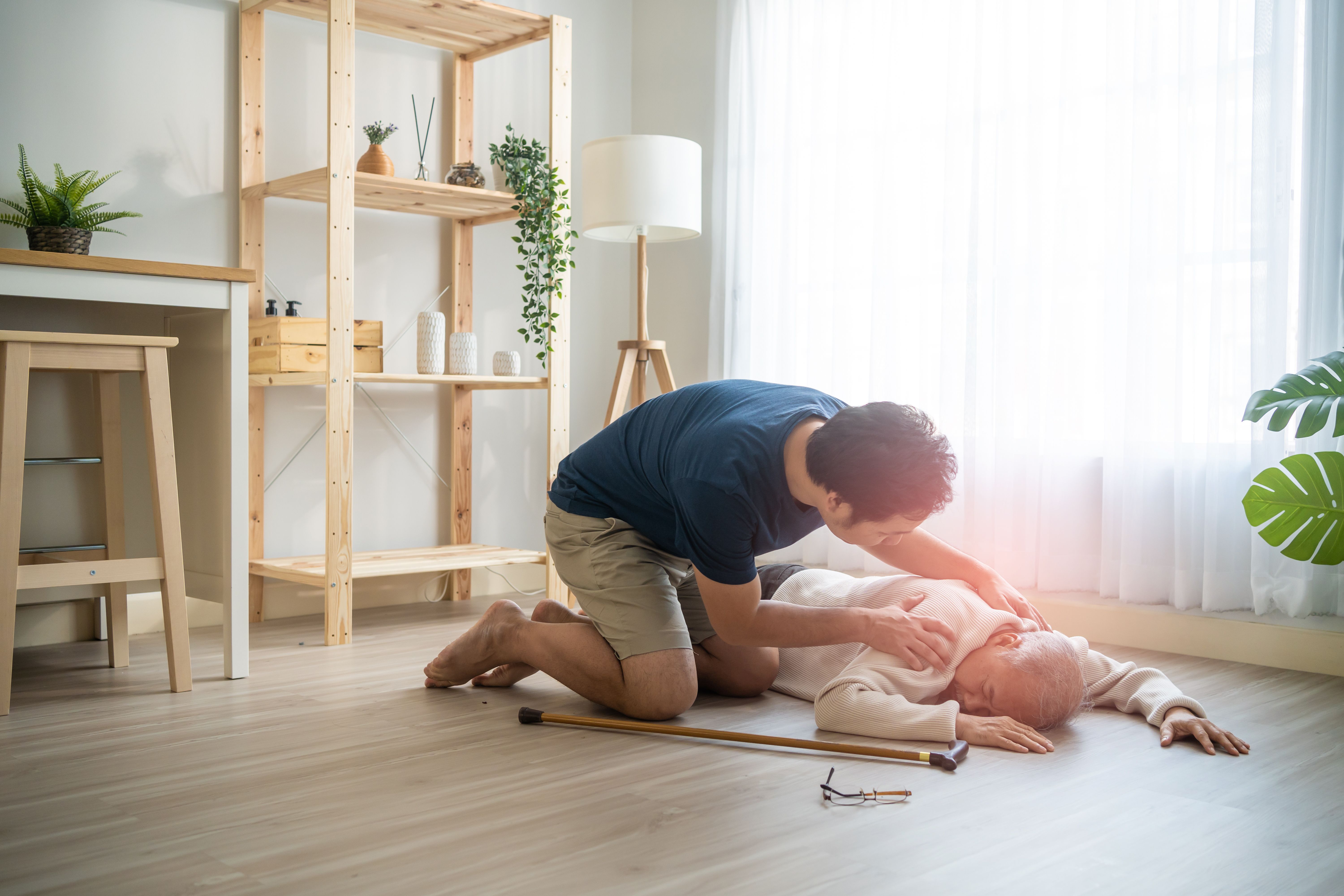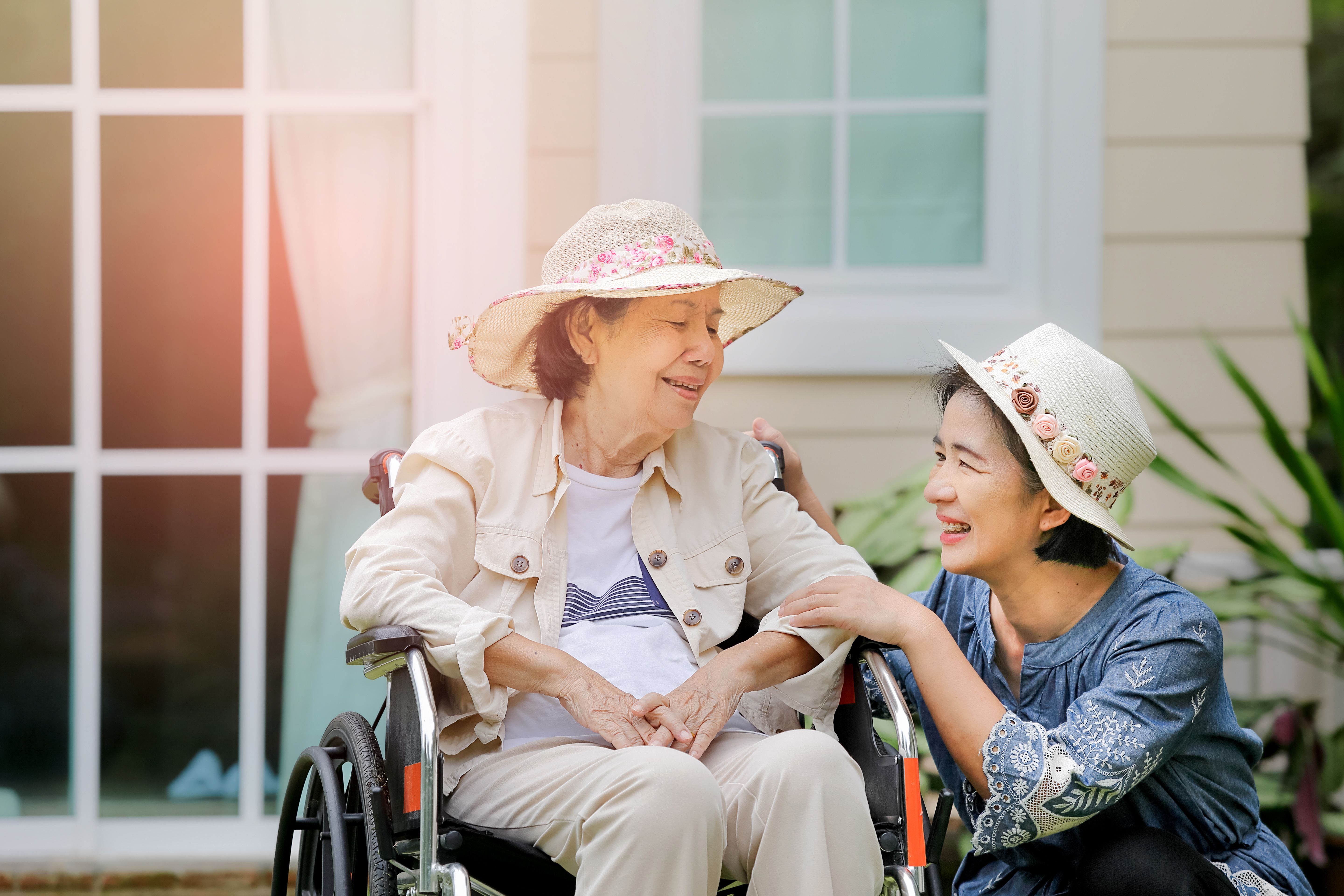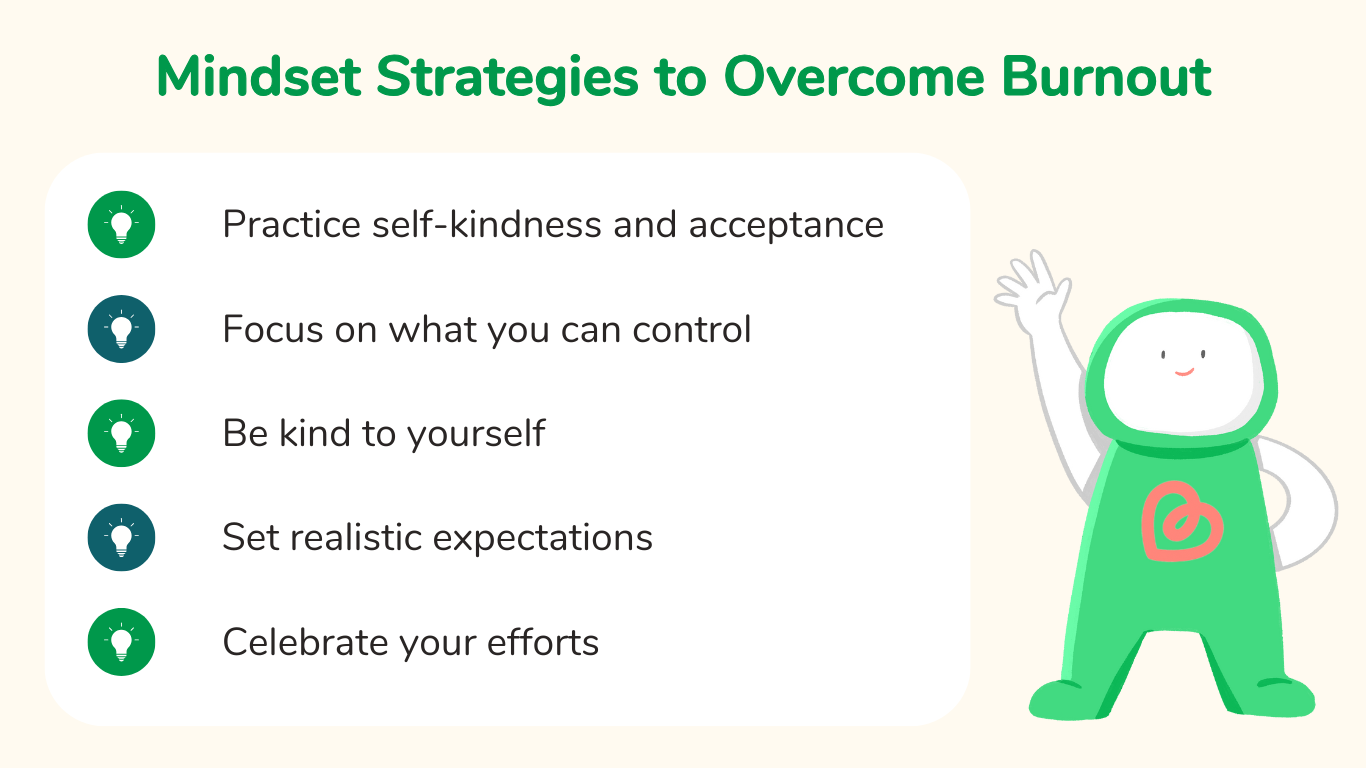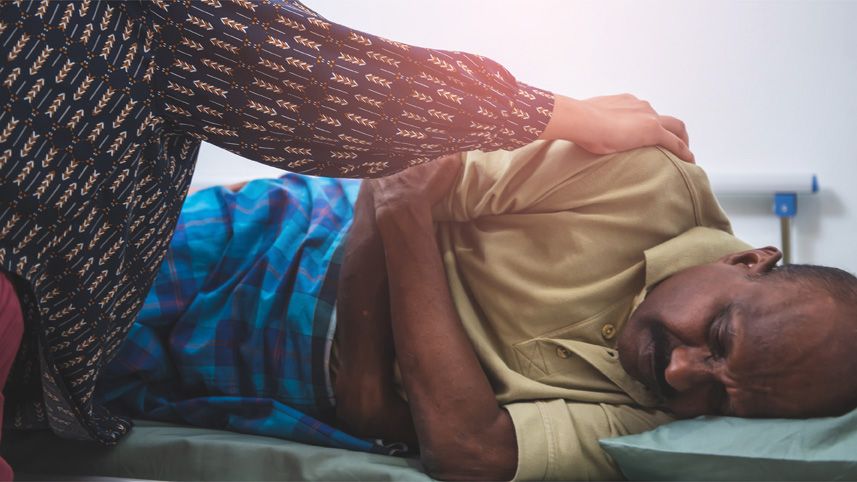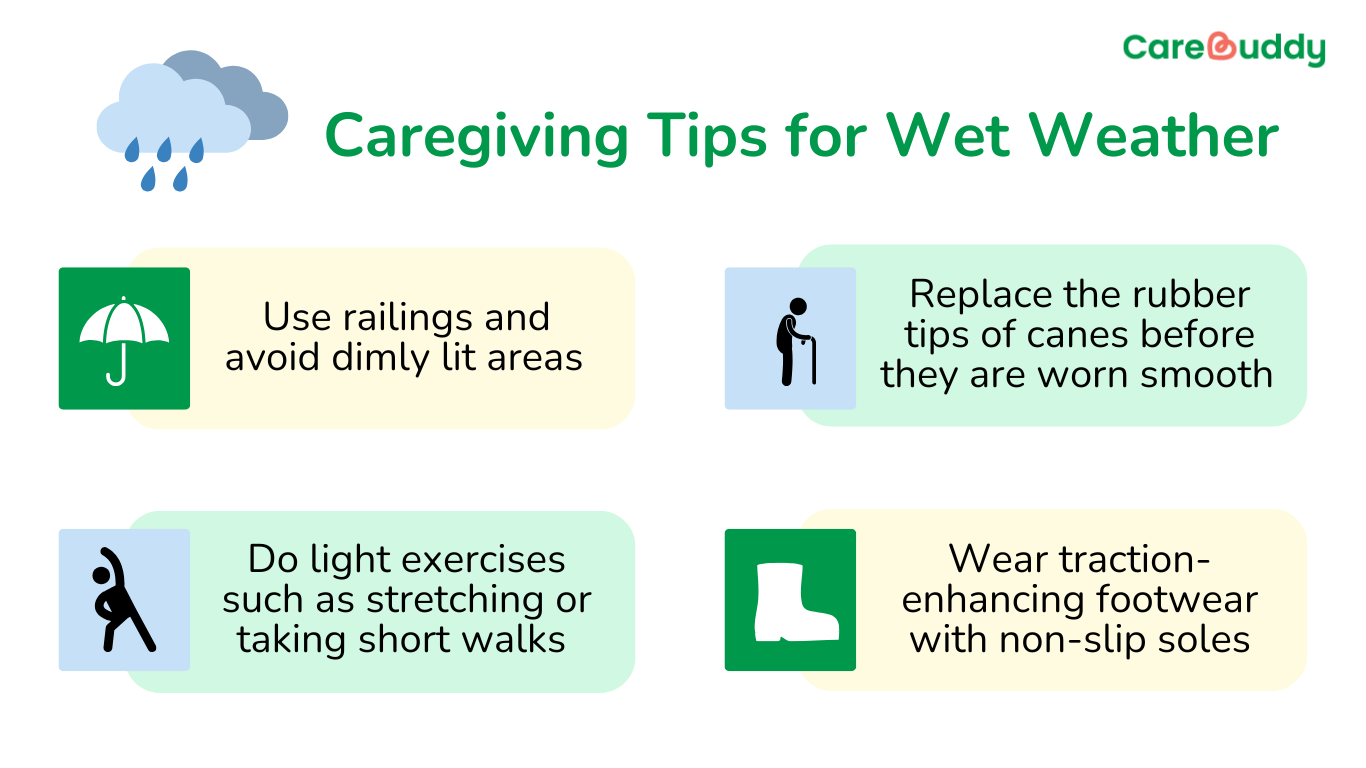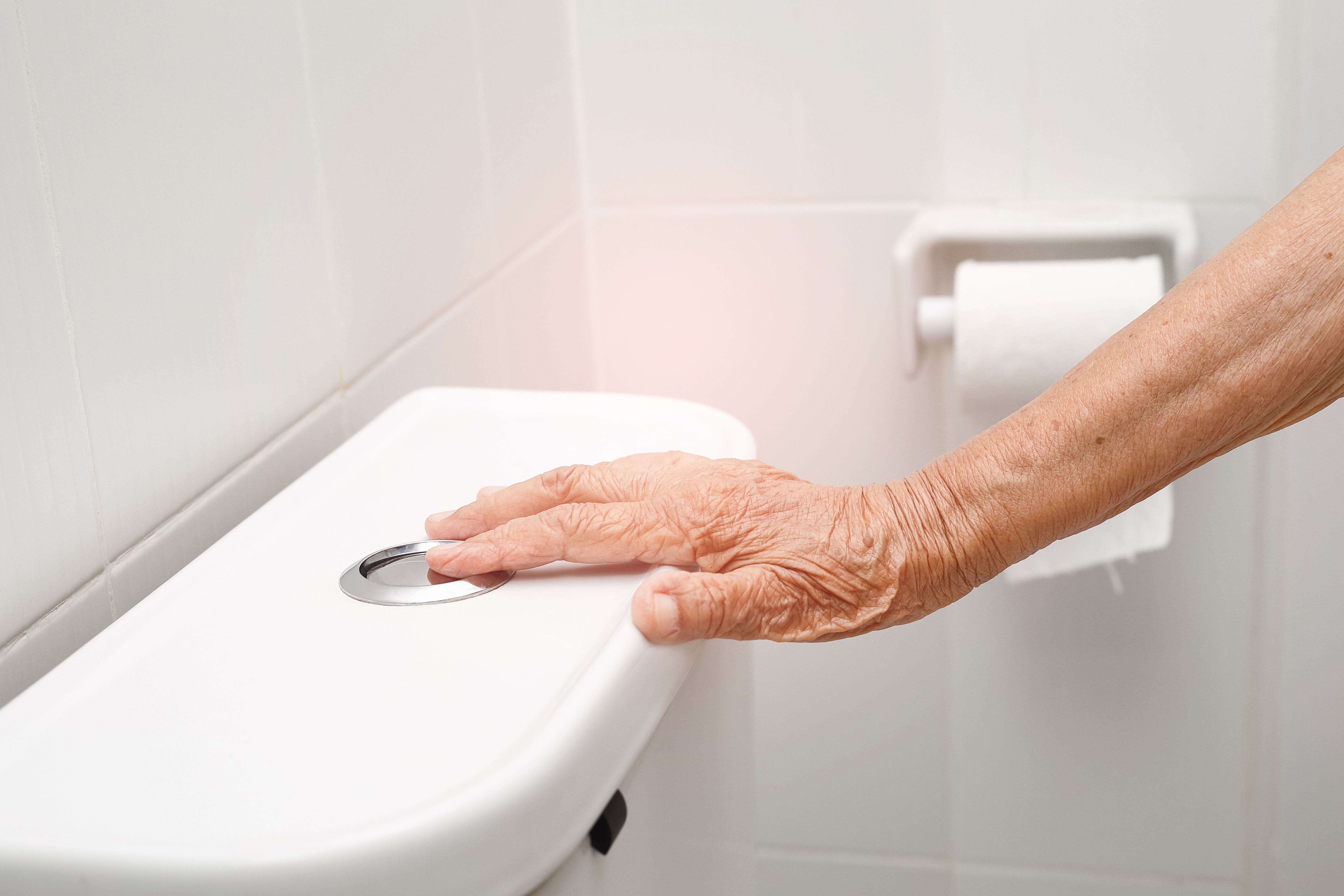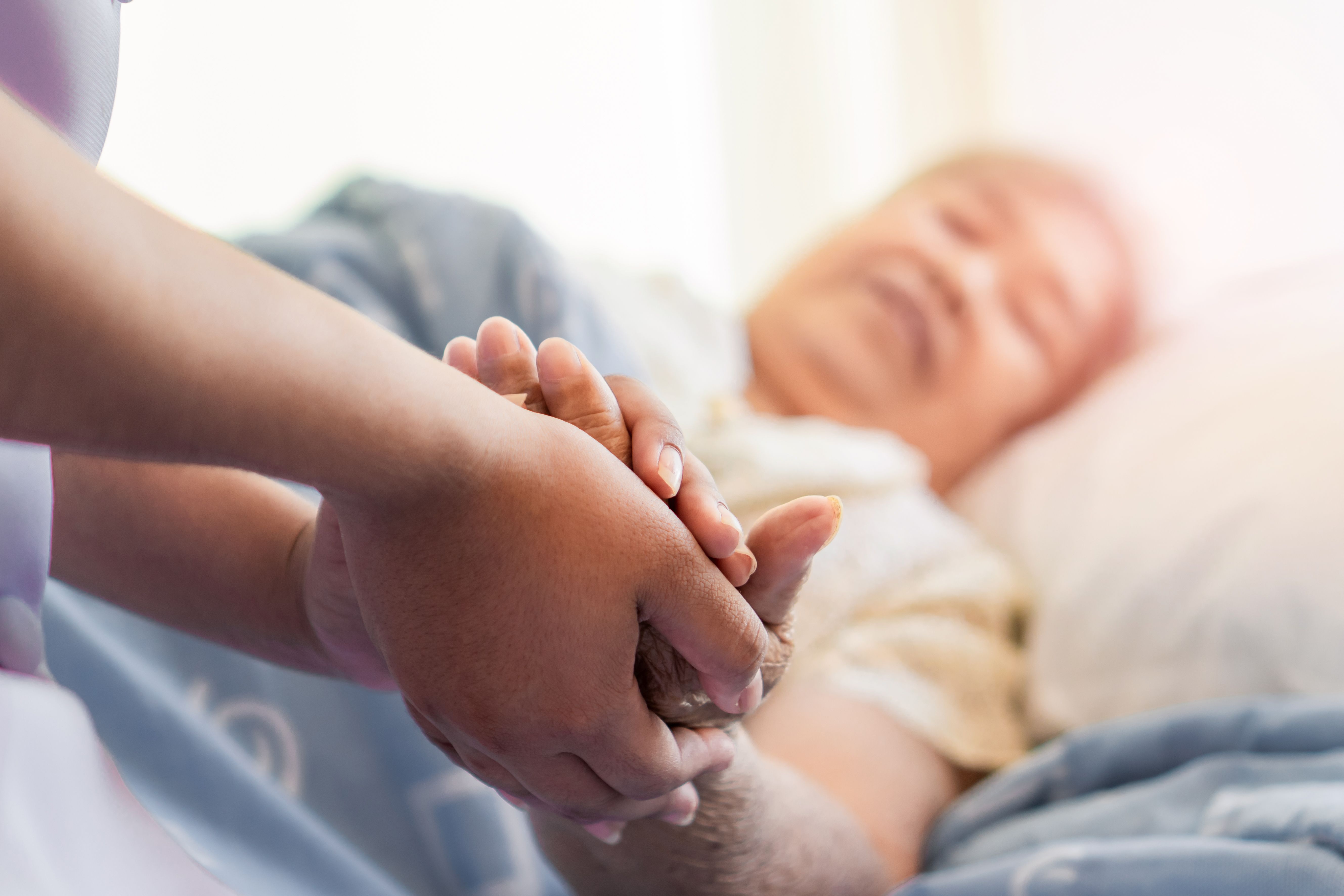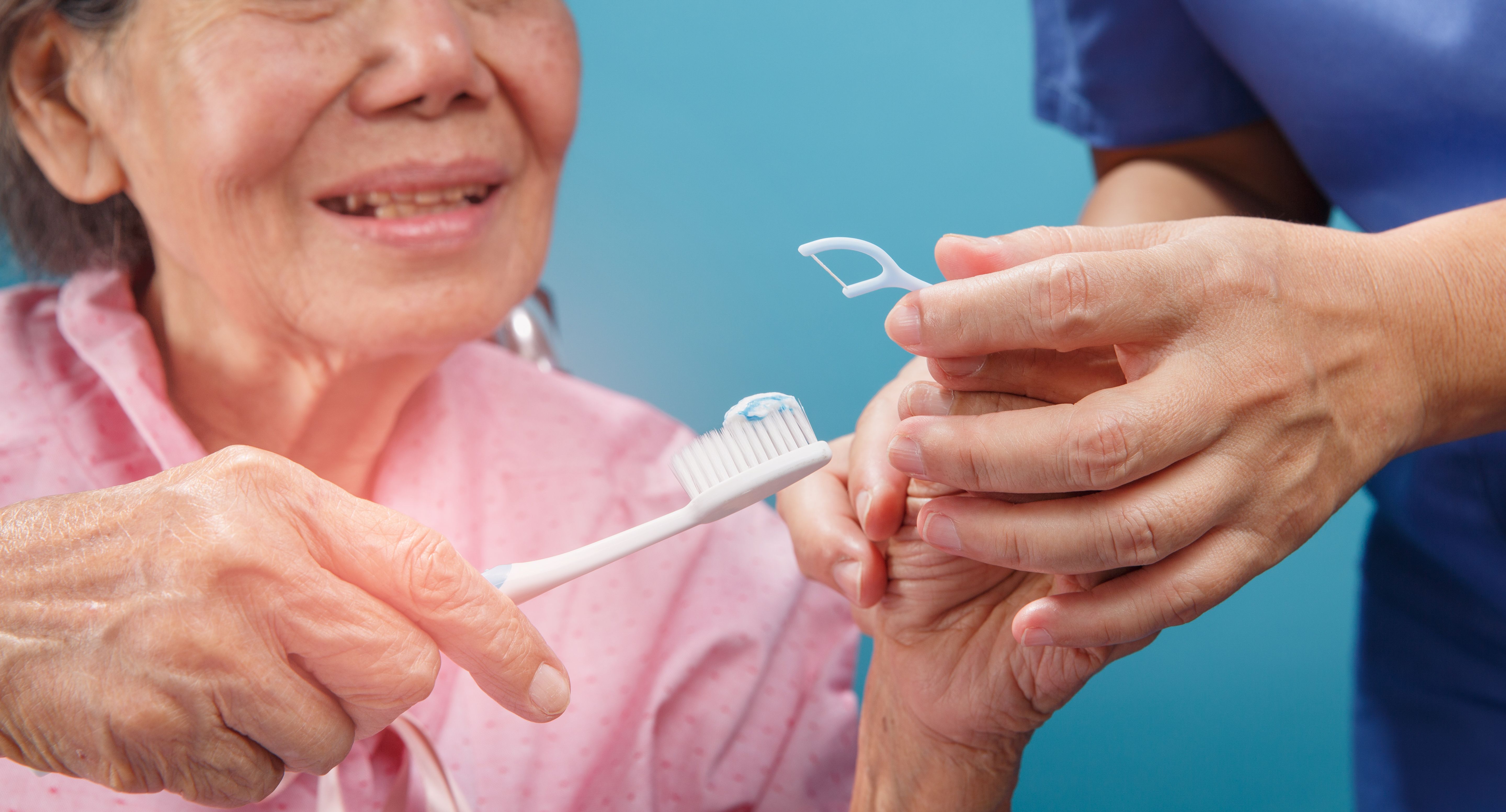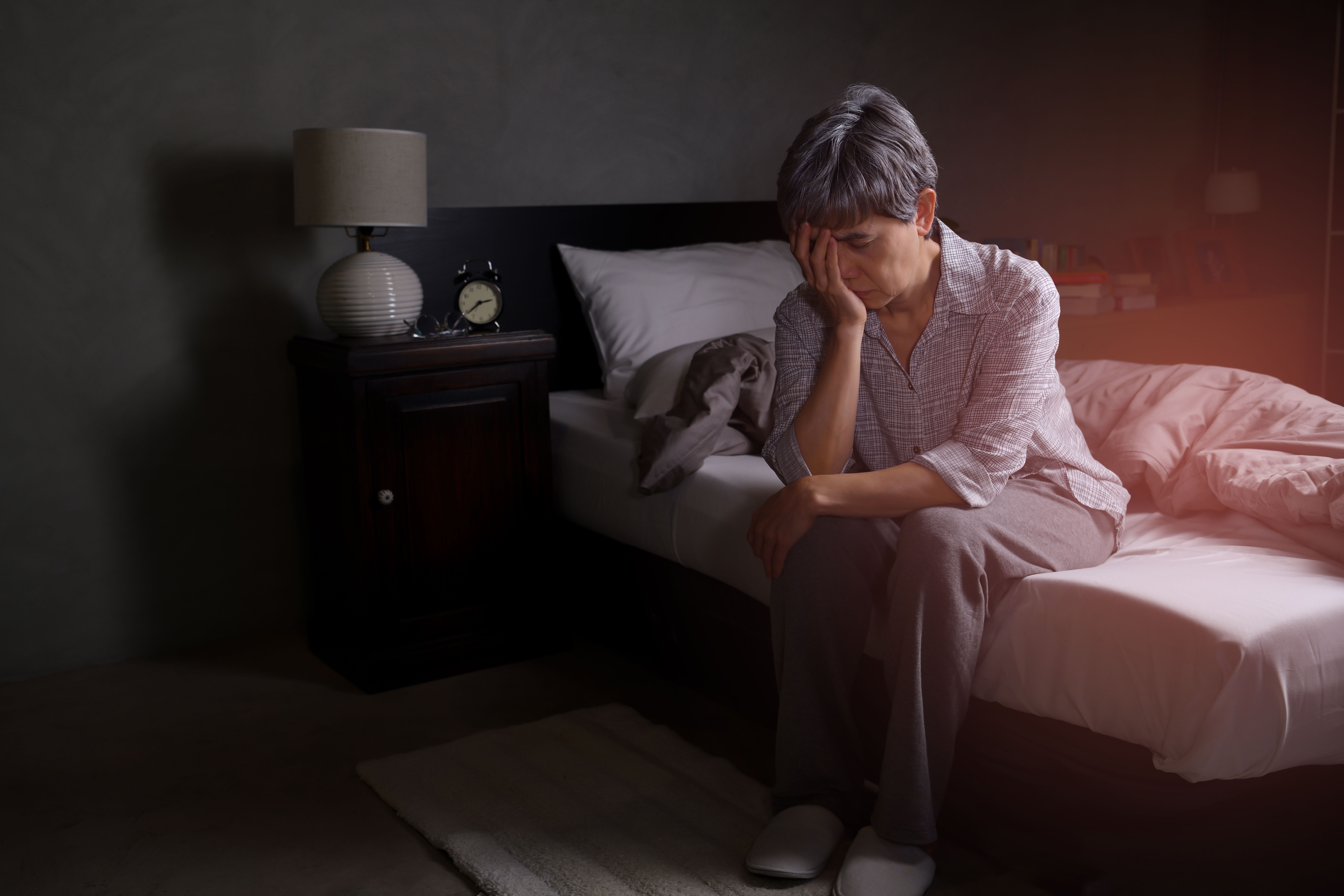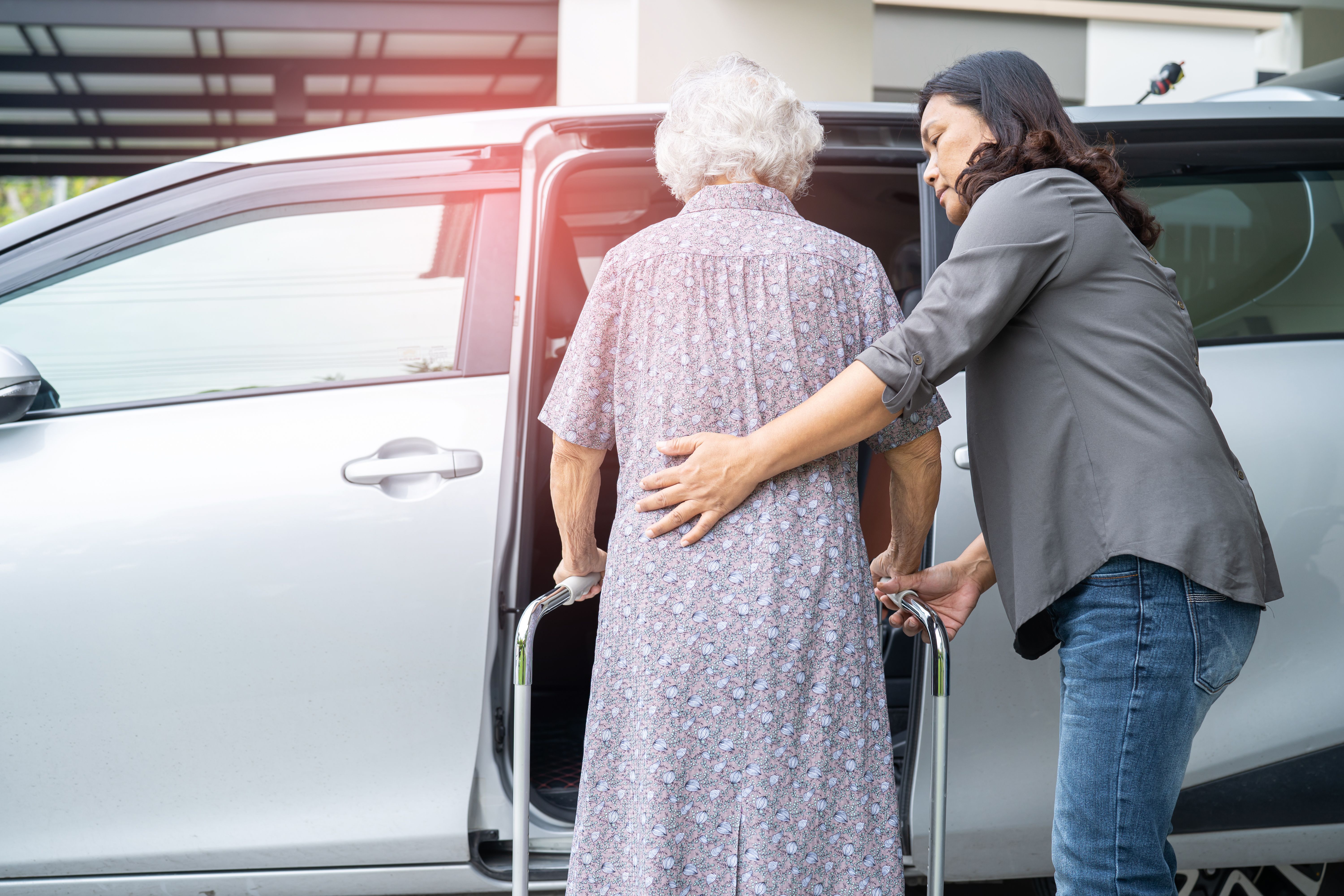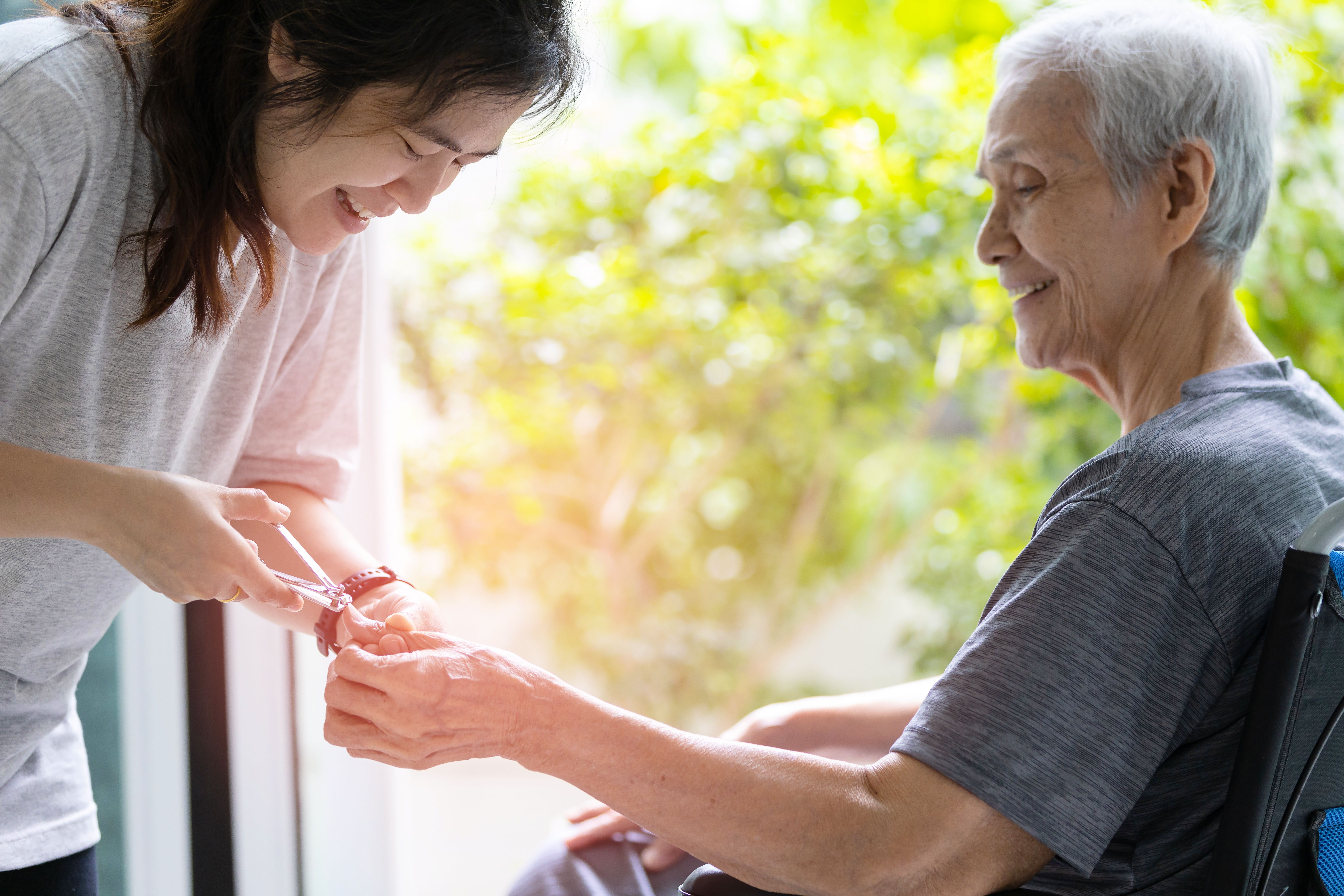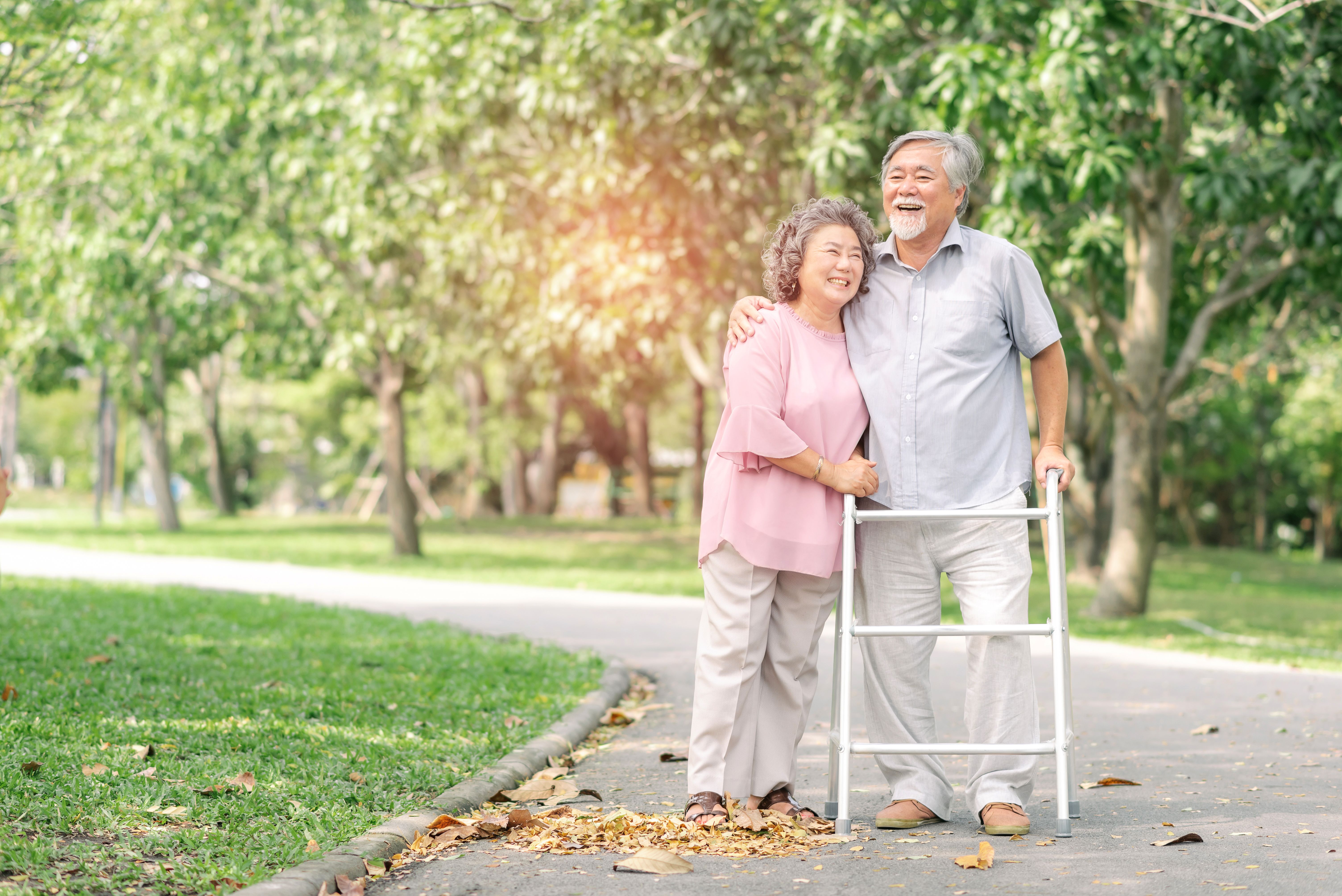Better safe than sorry: Safety and risk management in care site
- CareBuddy
- 4 Mins Read
- 26 Sep 2022
- First Aid & CPR
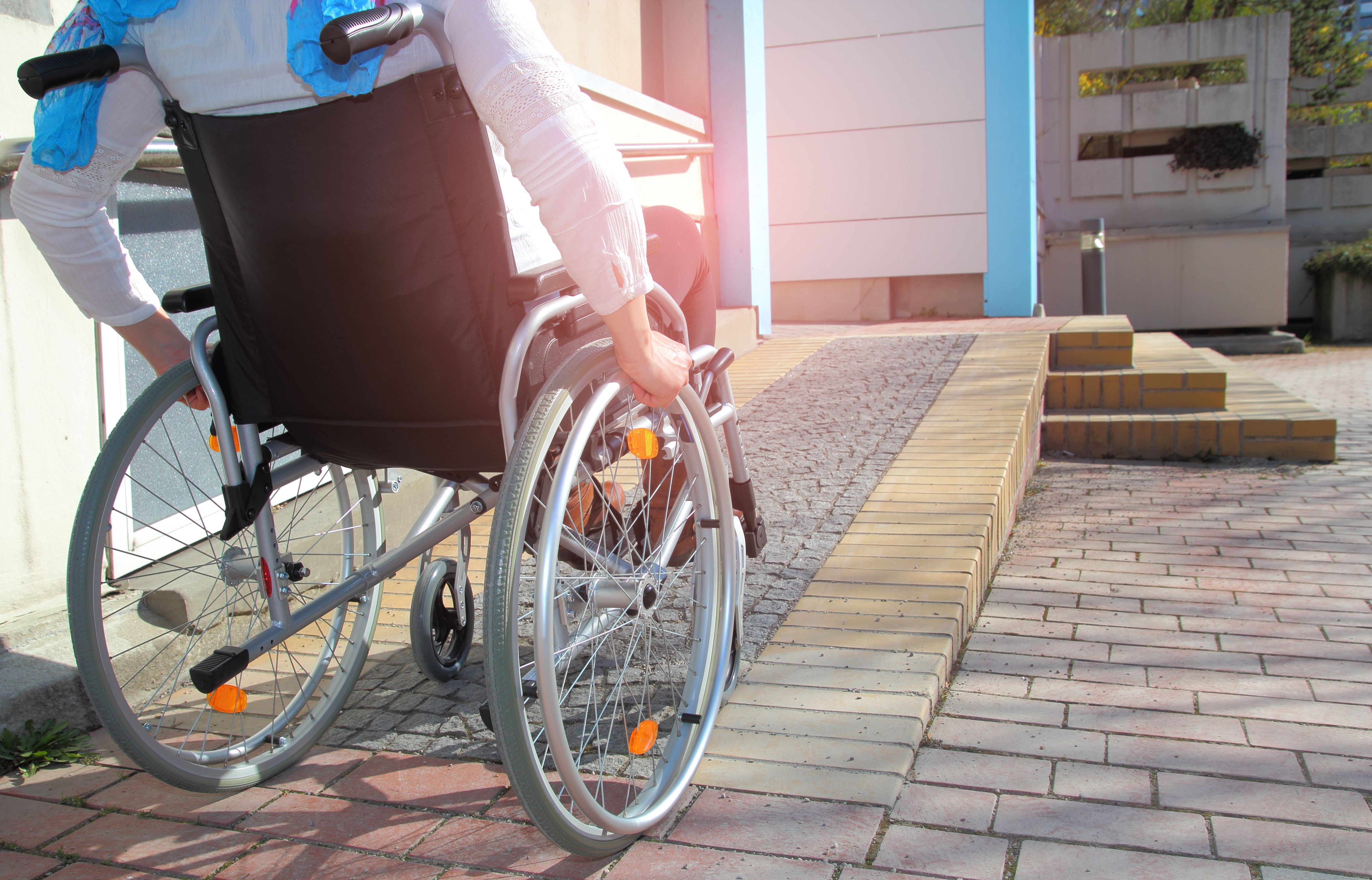
The care receiver spends a large part of their life at the care site, whether it’s at home, in the hospital or somewhere else. As such, it’s imperative that caregivers minimise risks and maximise safety at the care site.
Common risks at care sites include
- Structural risks of the buildings such as staircases, obstacles in the corridors, fixtures in the rooms etc. that create possibilities of falls and other injuries.
- Air pollution, odour and noise from the surroundings.
- Infection possibilities due to unclean air, water or food.
To reduce these risks, a caregiver can
- Introduce structural changes to the care site. E.g. If a step-down shower area is a fall risk, fill it up with cement and tiles to have level flooring throughout the bathroom.
- Find ways to reduce risks during common everyday activities. E.g. To reduce risk of fall when transferring care receiver from bed to wheelchair, ensure that the bed is not too high and install bed rails they can hold while moving. It’s not enough to simply say “Be careful to prevent mistakes while moving from bed to wheelchair”. It’s possible only if you implement changes to ensure that.
- Train themselves and the care receiver for the recommended steps to follow in the event of emergencies.
- Make hygiene a core aspect of everything you do. E.g. Clean the entire premises regularly, replace soiled bed linens, encourage frequent handwashing and sanitisation, ensure clean food preparation and consumption processes, immediately dispose of any bodily fluids such as blood and vomit, wear gloves whenever handling bodily fluids and while preparing food.
- Learn from close calls. Every close call is an opportunity to optimise some aspects of safety and minimise future risks.
A safety-focused attitude by the caregiver includes
- Observation Ability: Keenly observe all aspects of the care site and making prompt changes if anything is a risk.
- Acquisition of Knowledge: Update your knowledge of how to assess care receiver’s condition at any given time.
- Skills: Develop the ability to respond to specific conditions of care receivers.
- Organisation: Maintain an organised approach in constantly ensuring that the care site is free of risks.
Article reviewed by David Tay, Senior Principal Educator (Nursing and Prehospital Care), HMI Institute.
